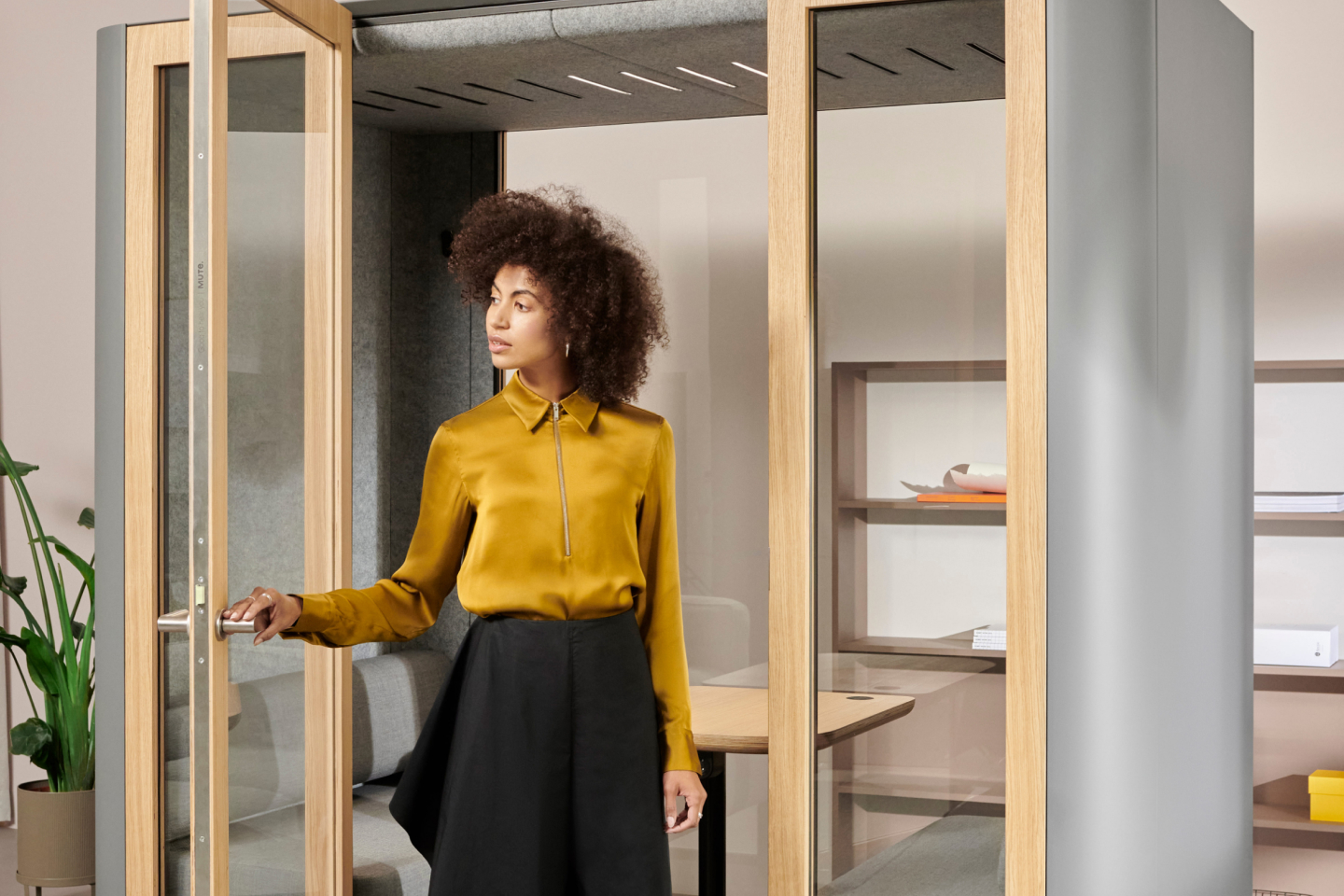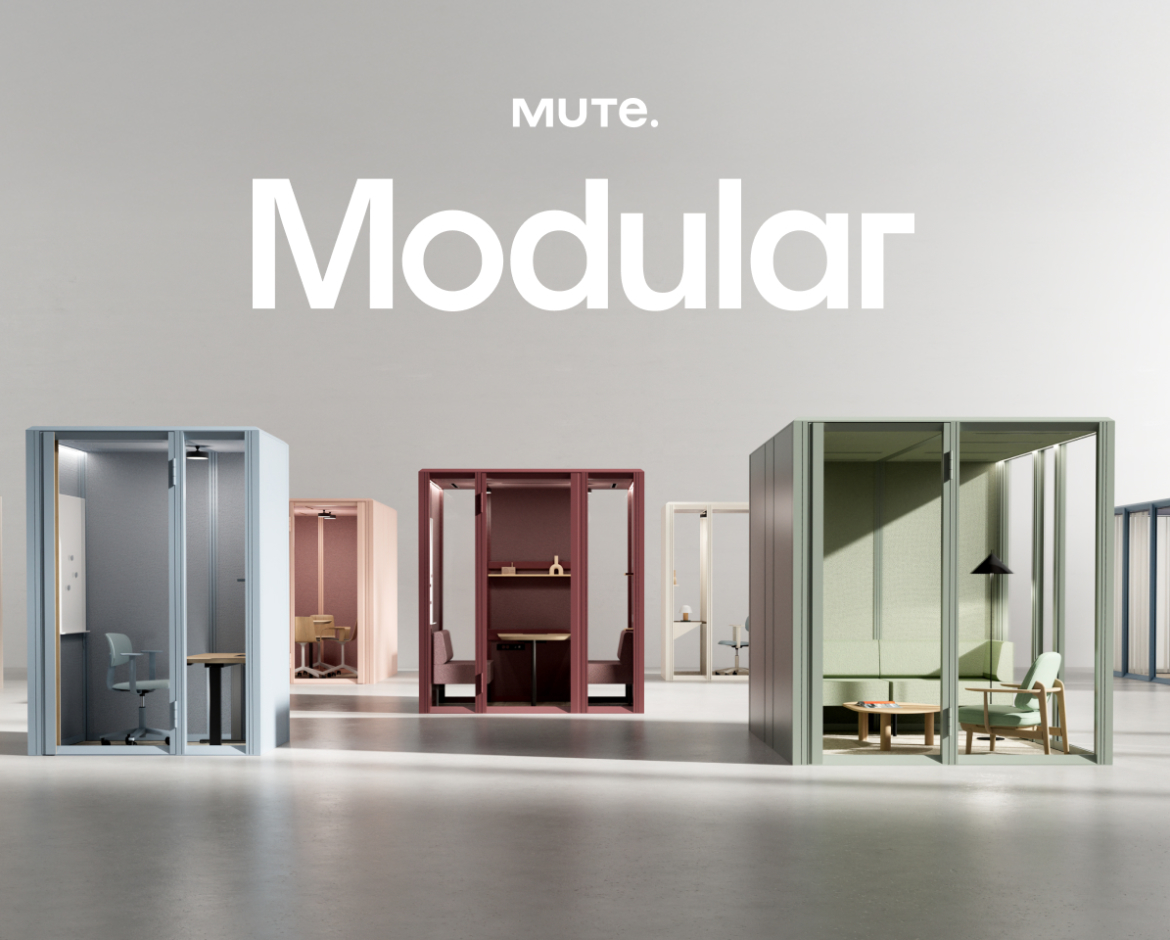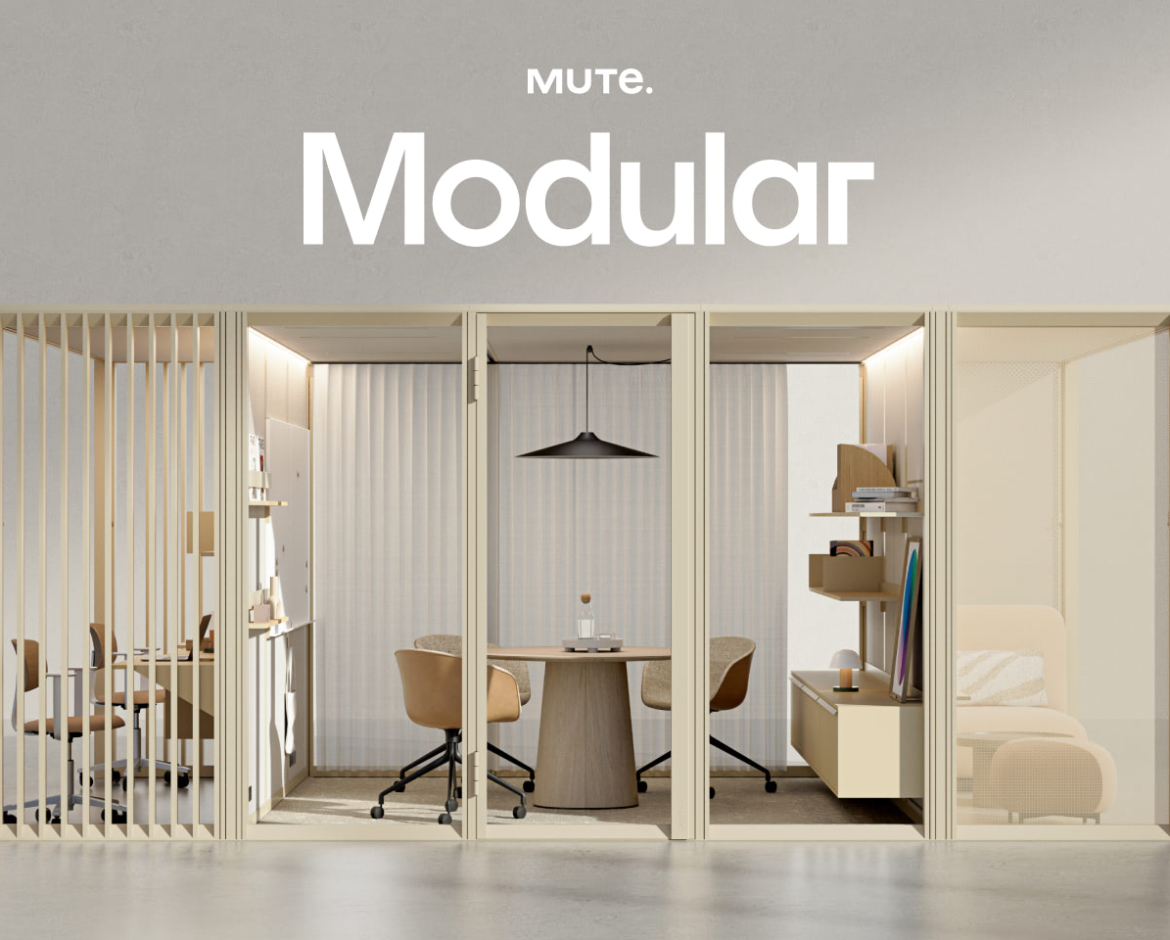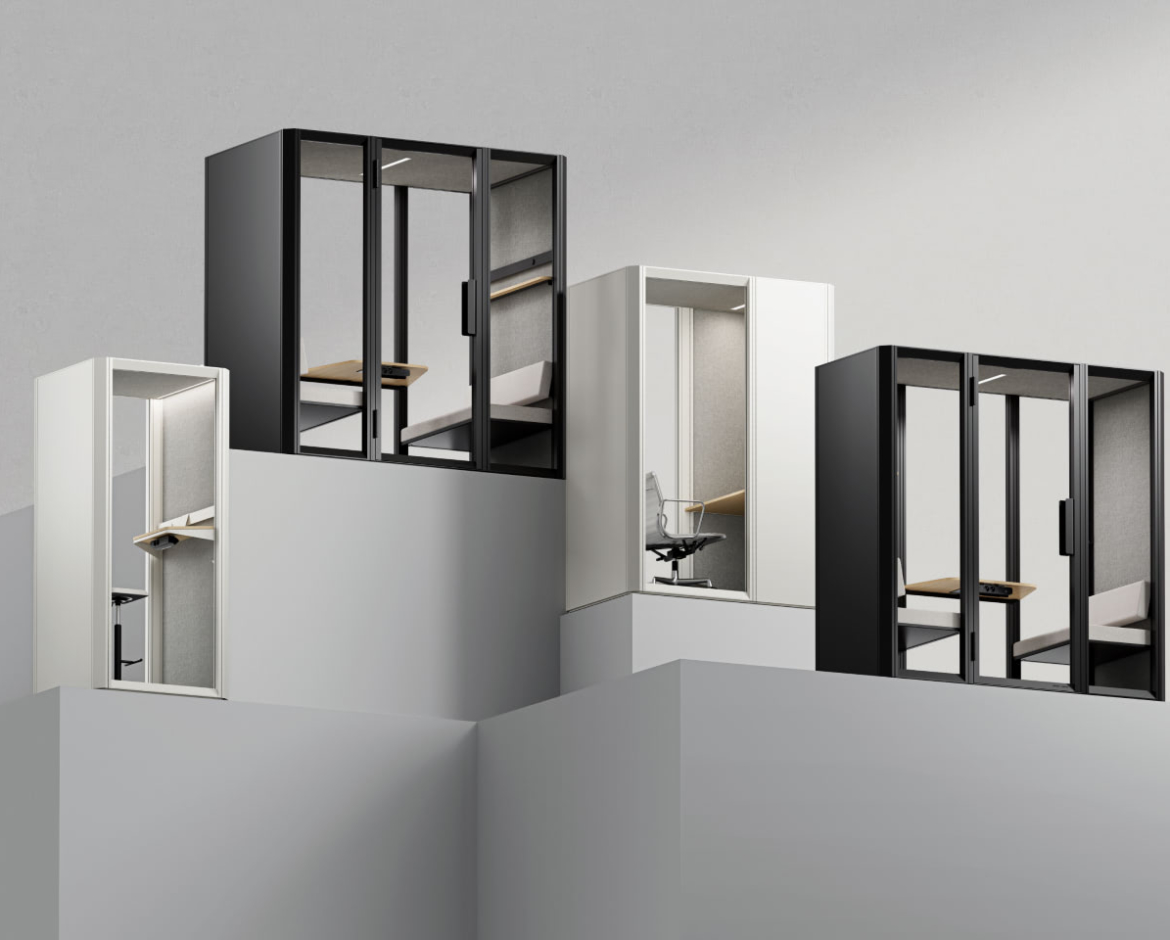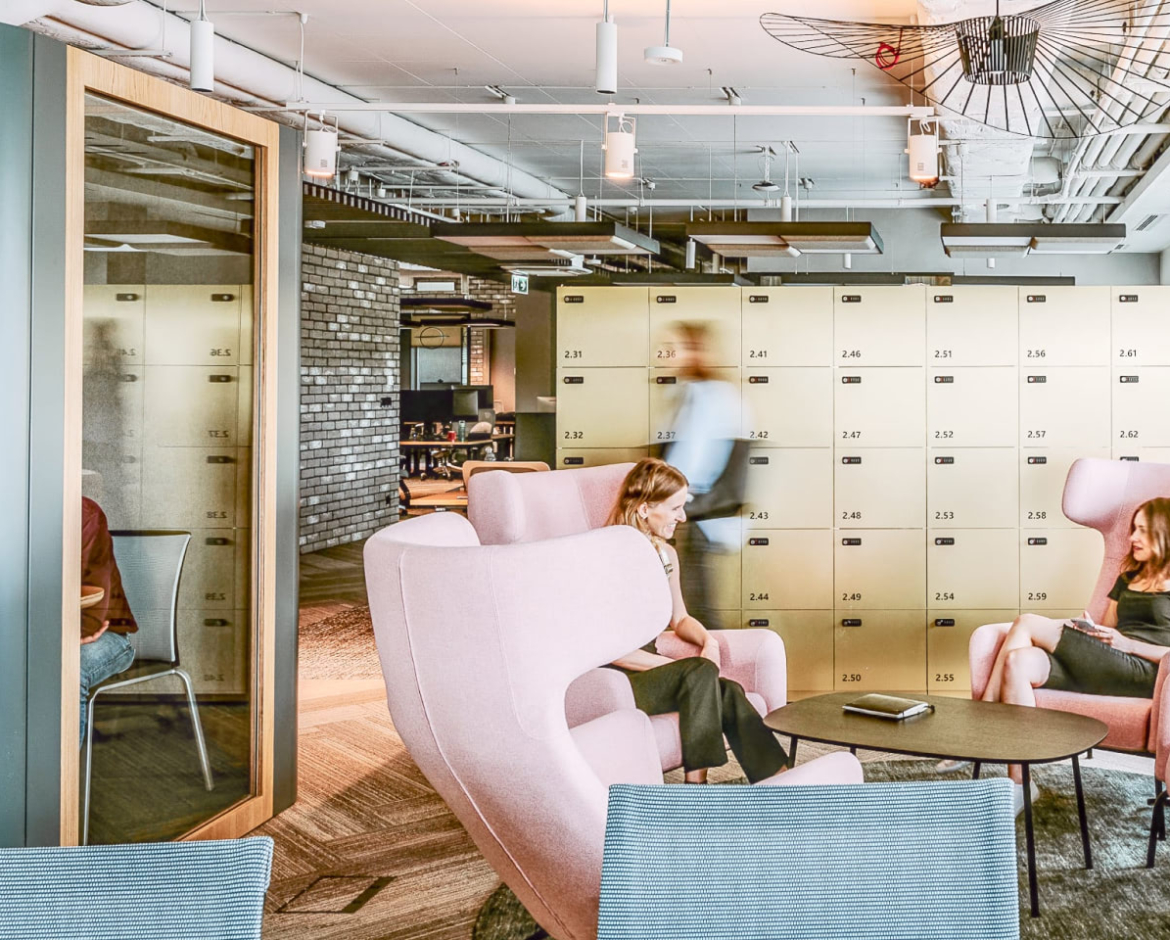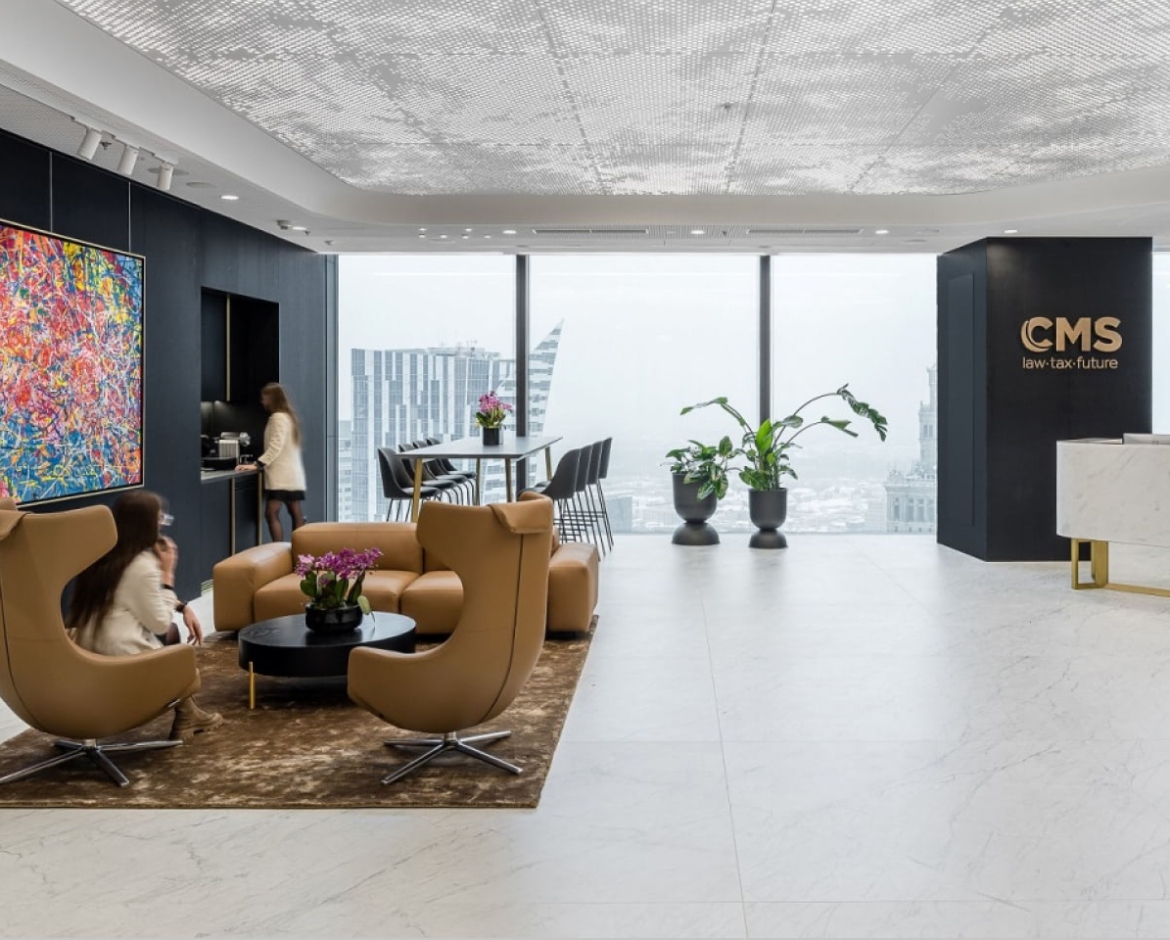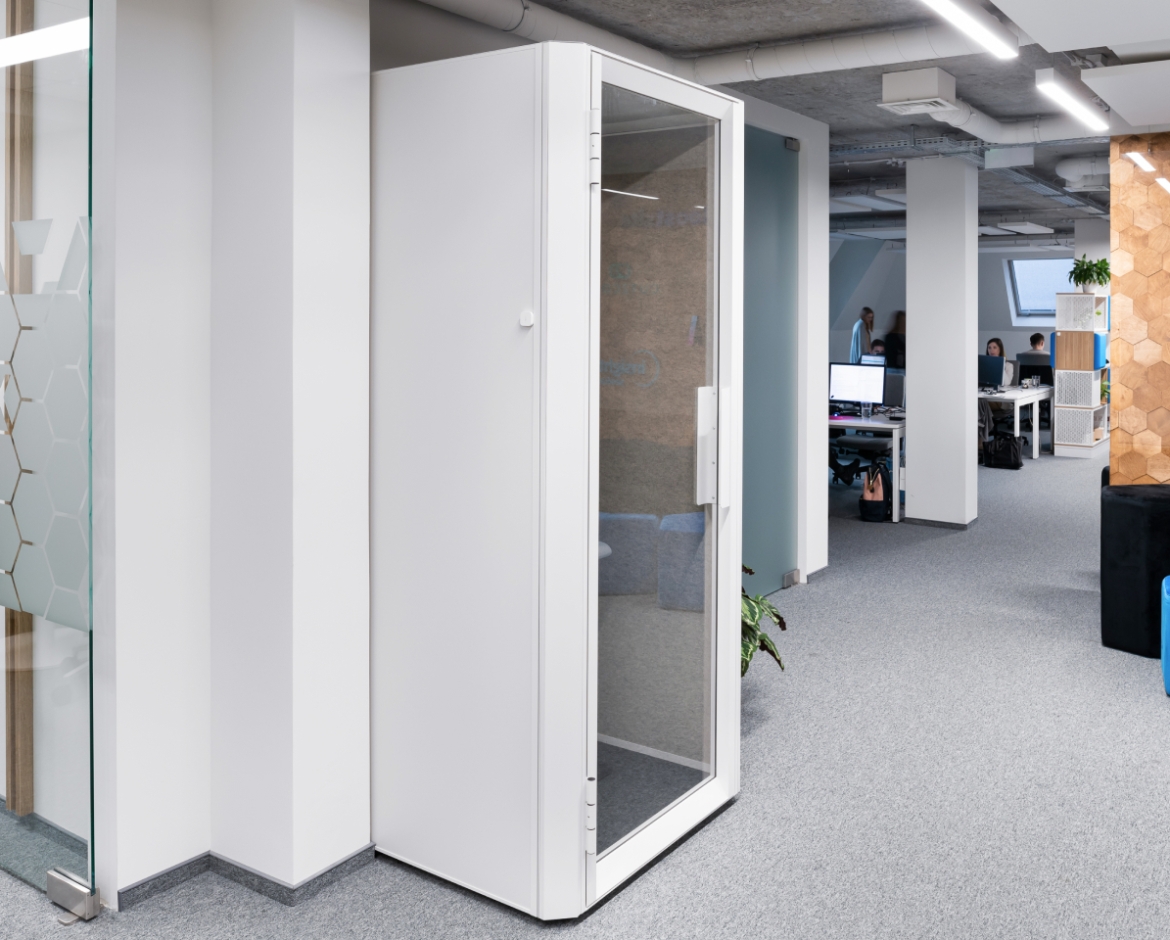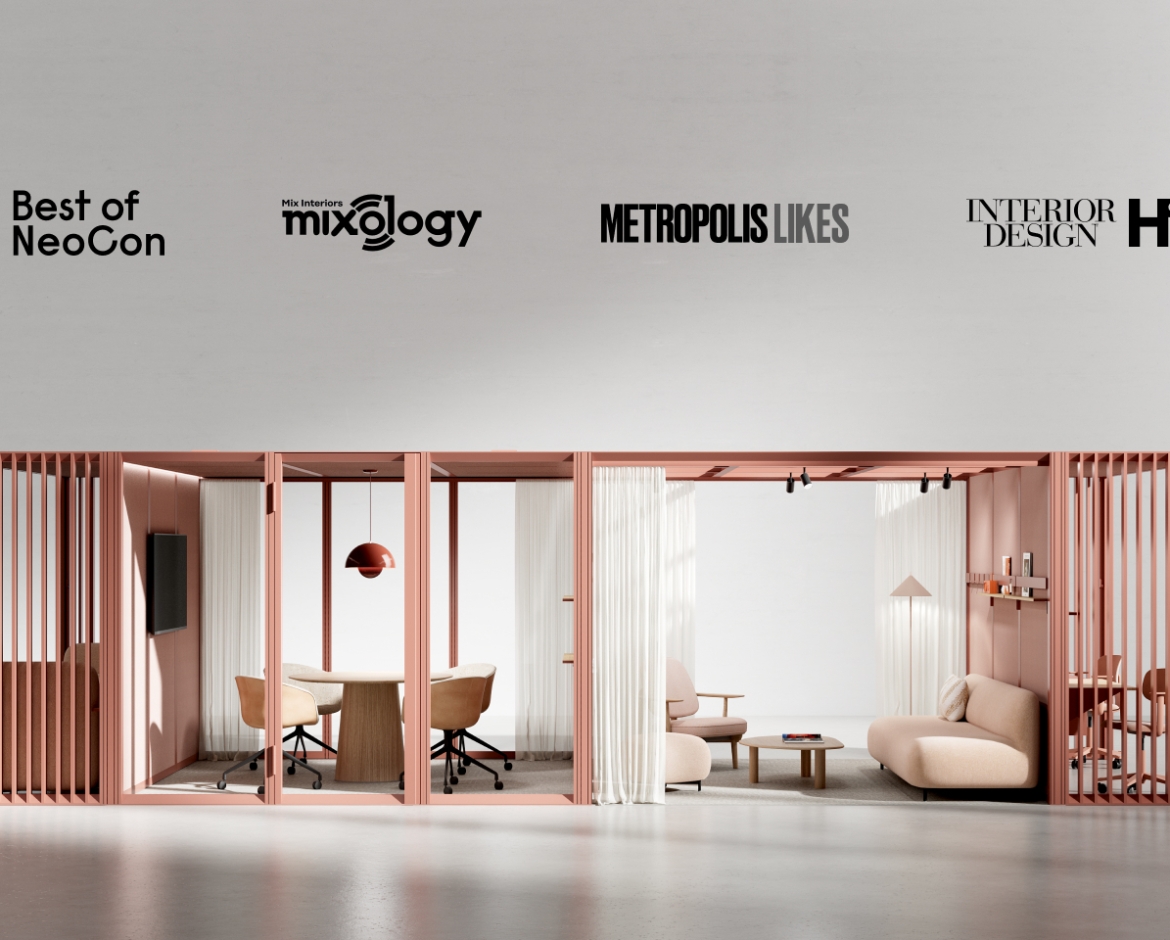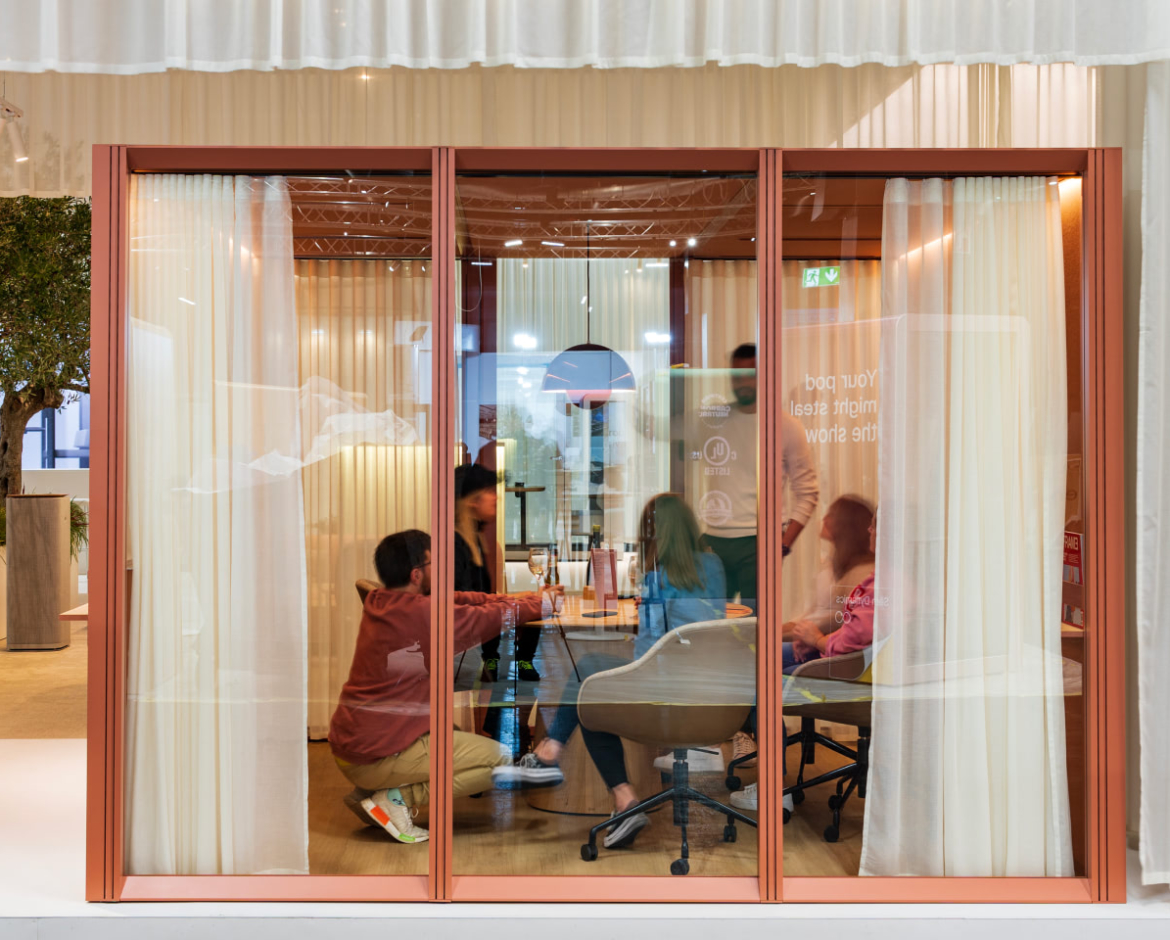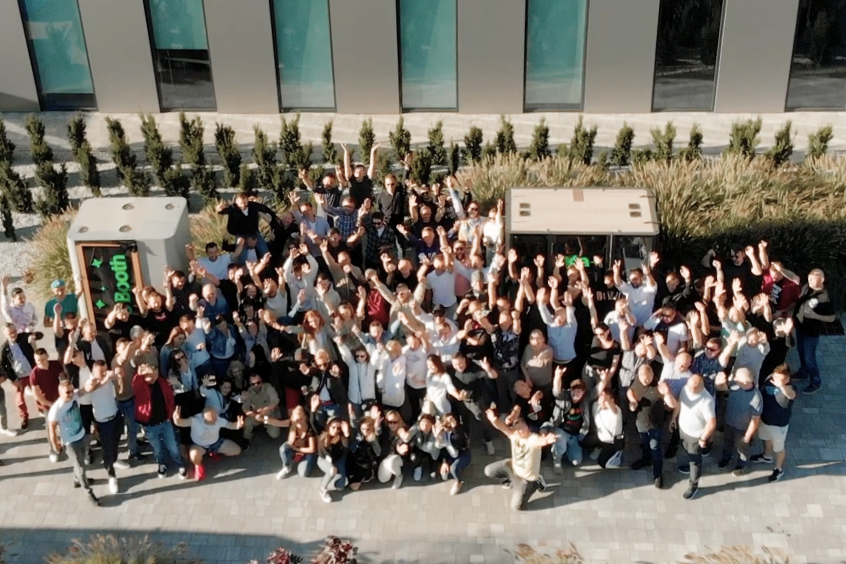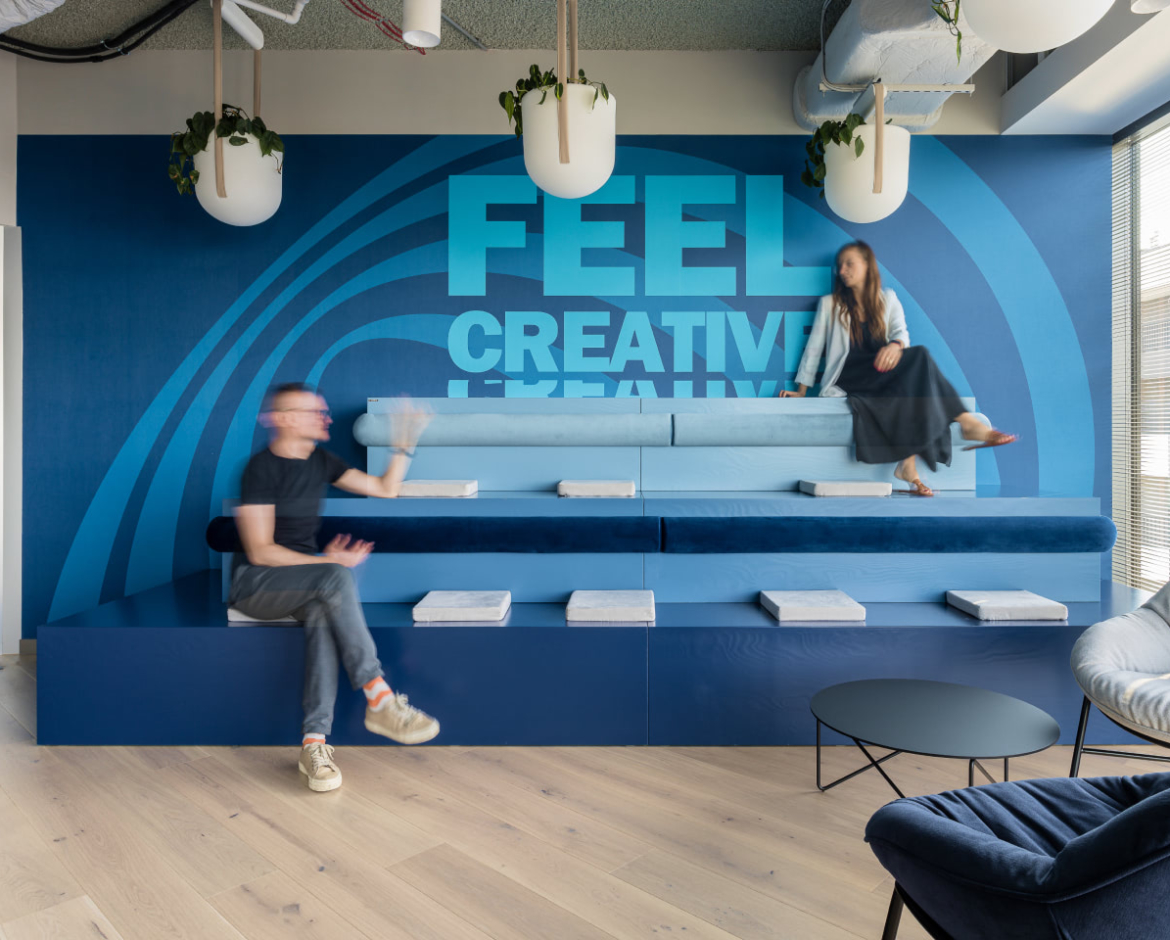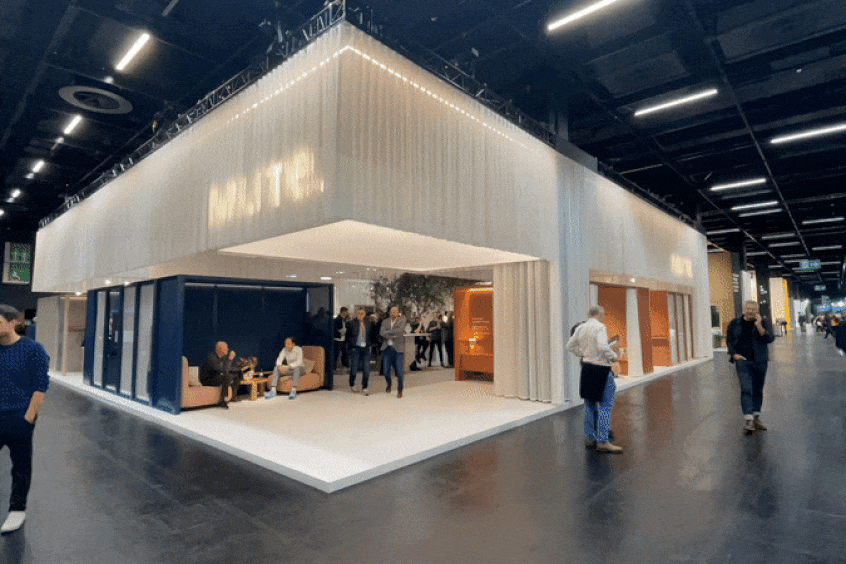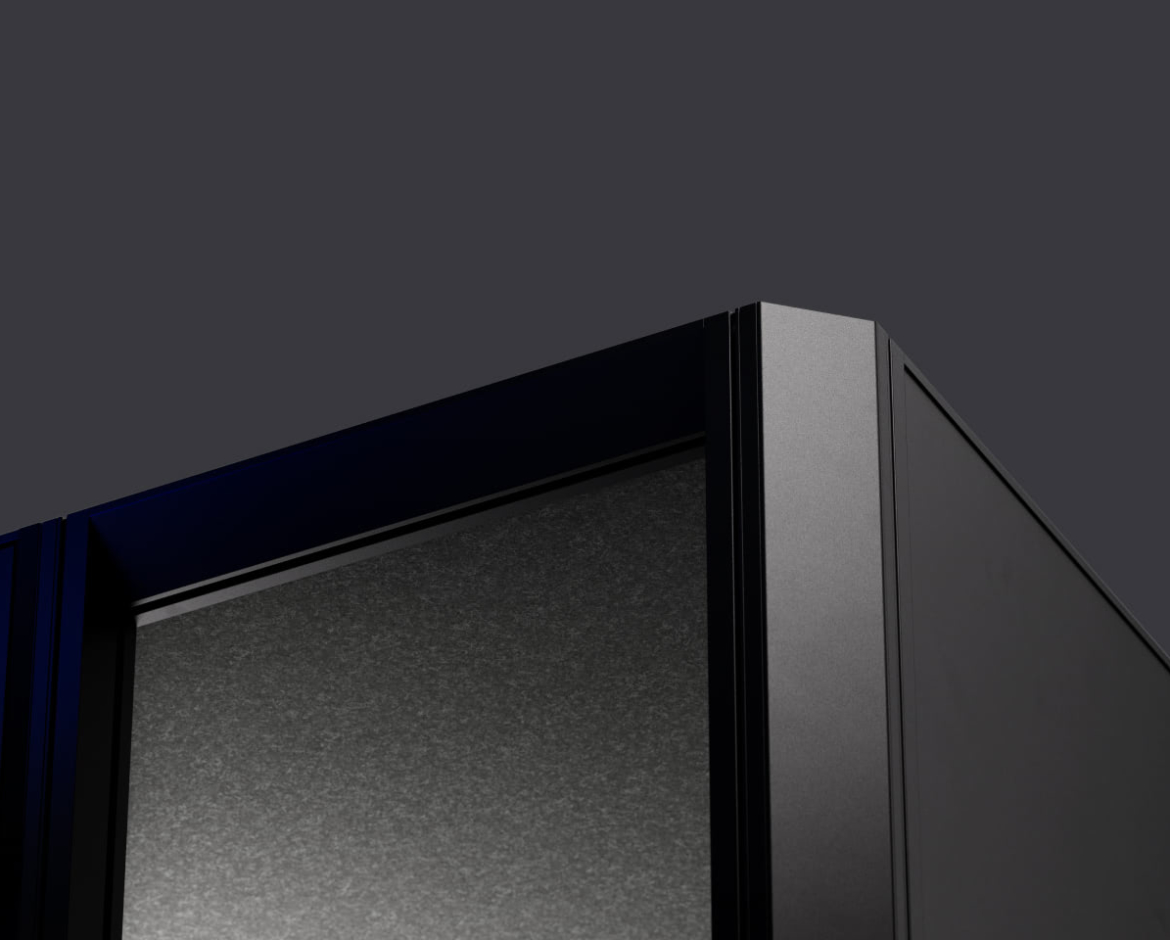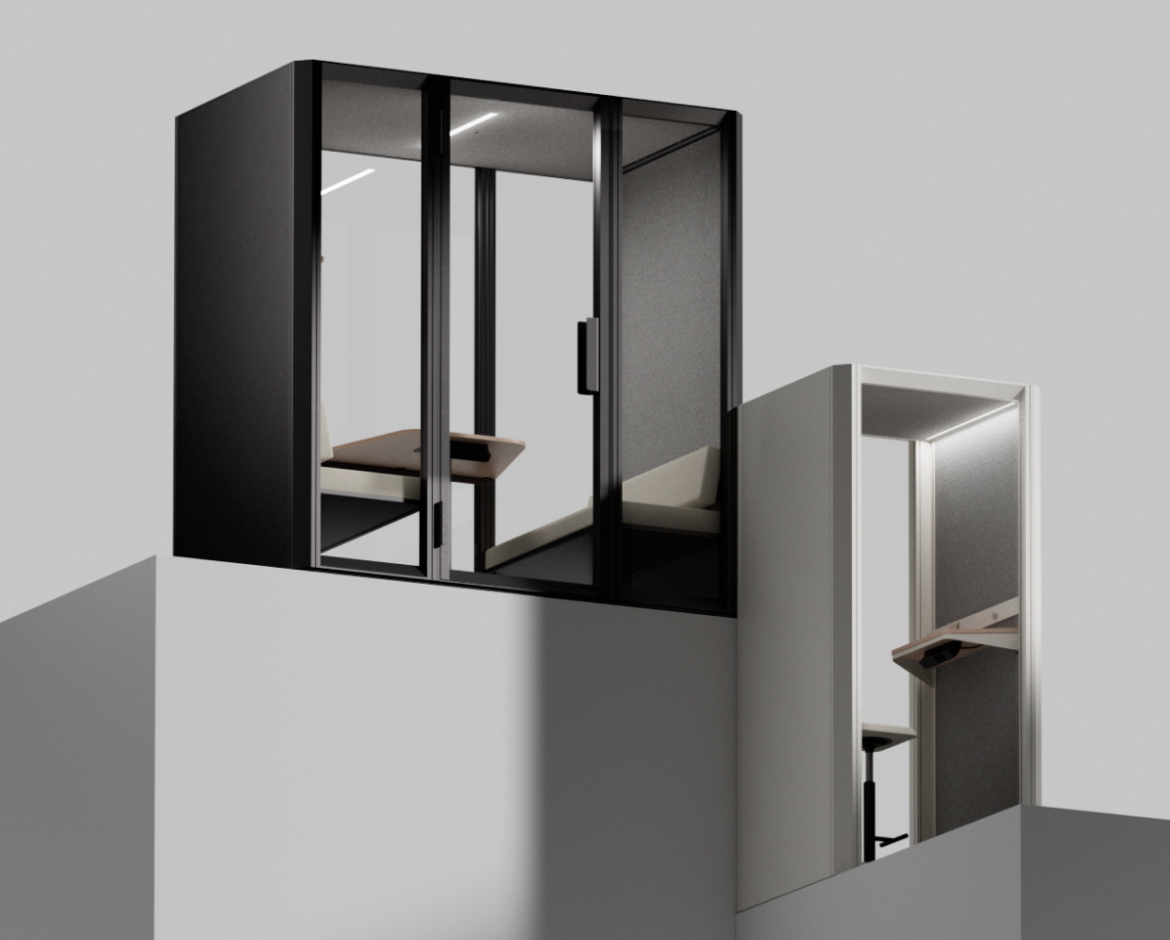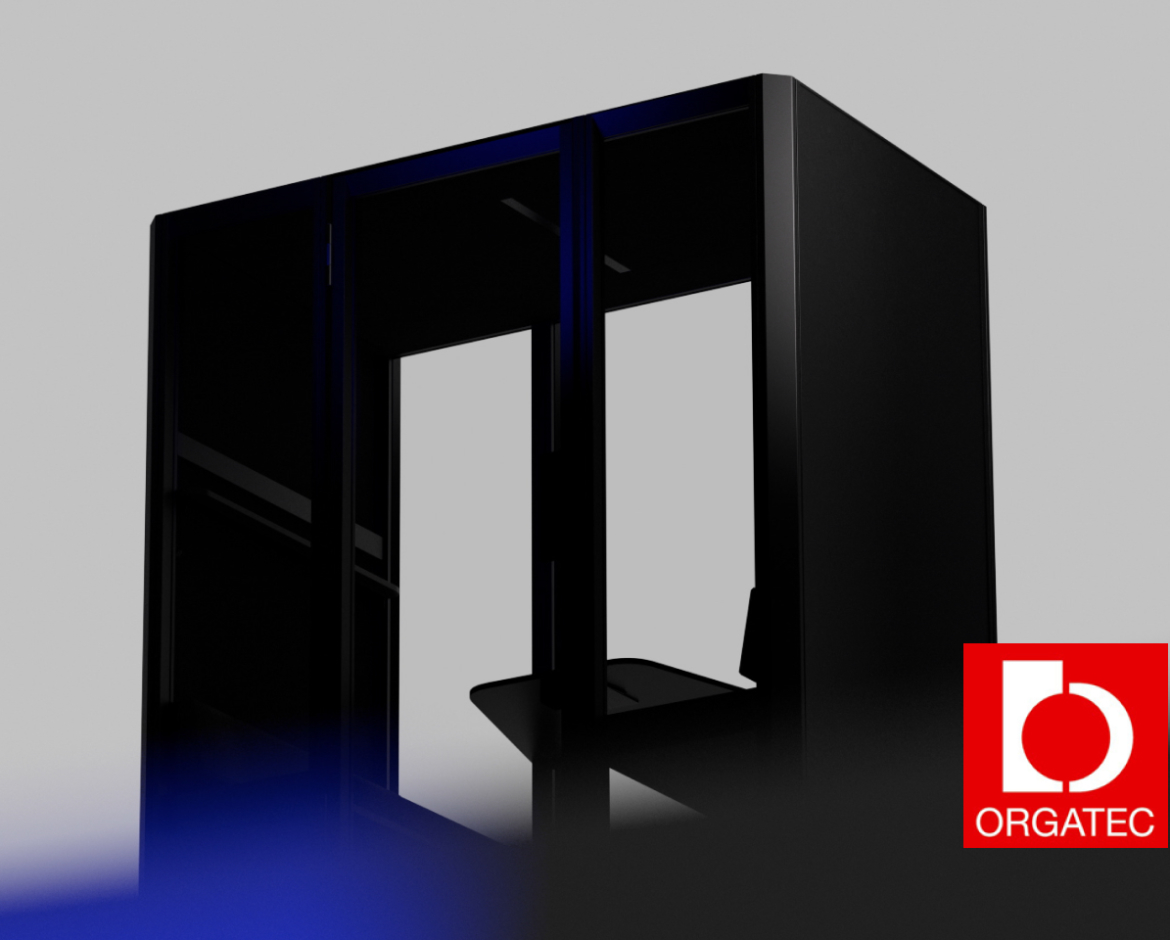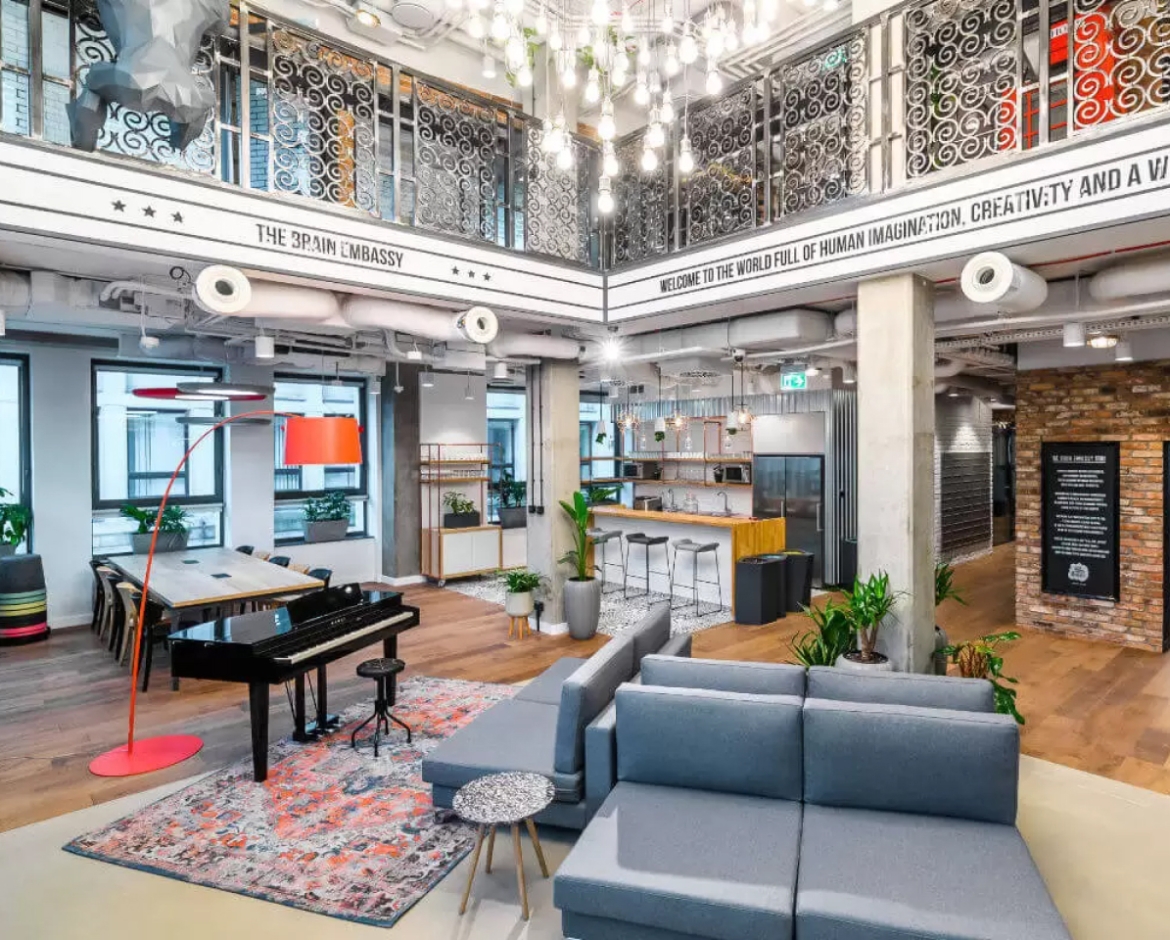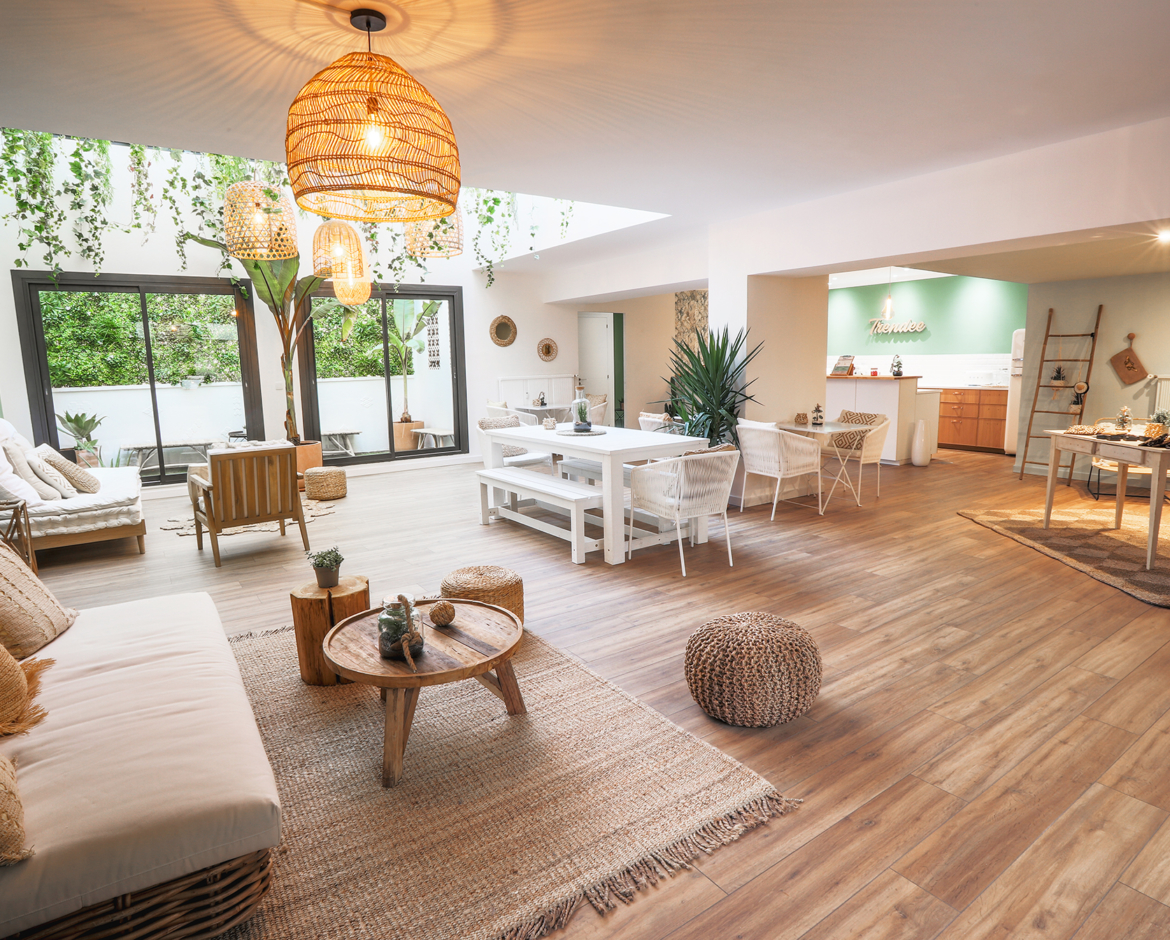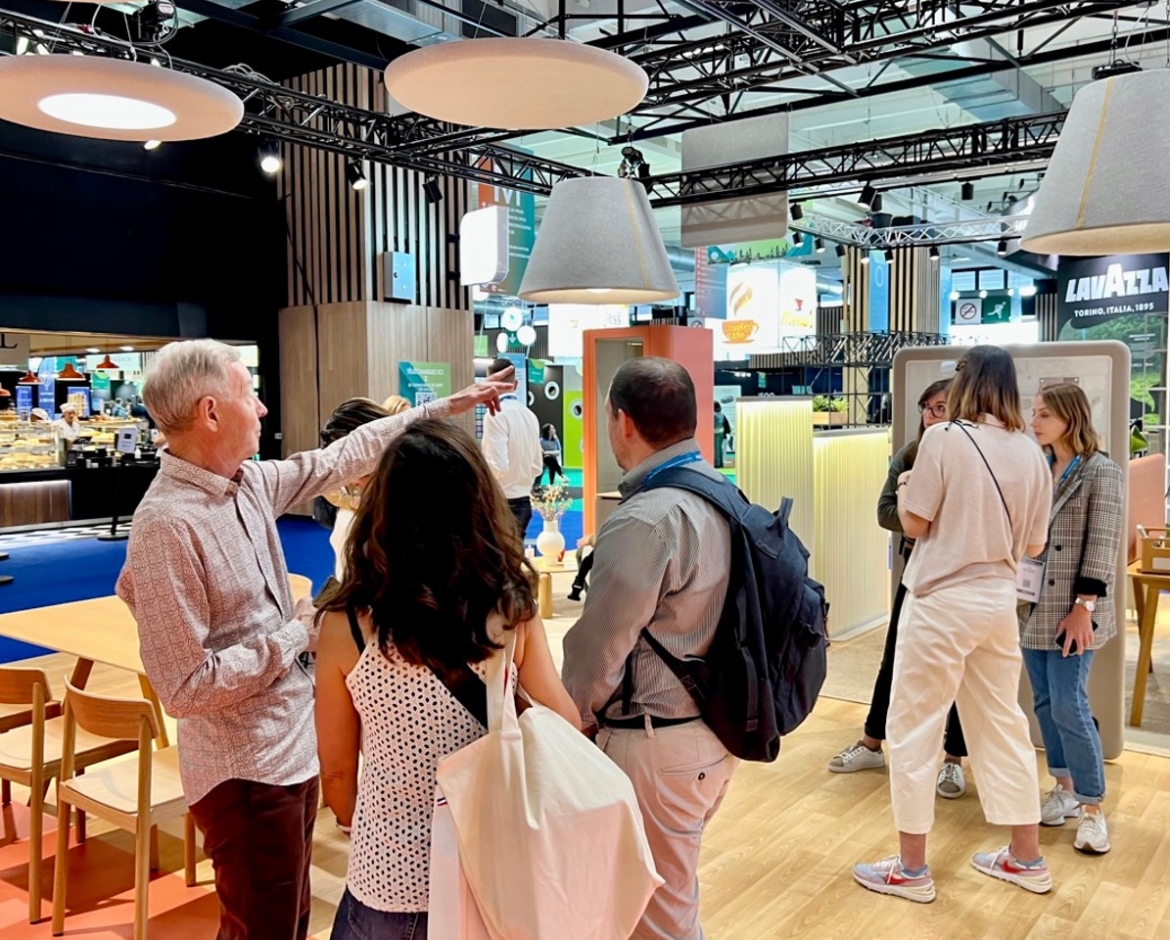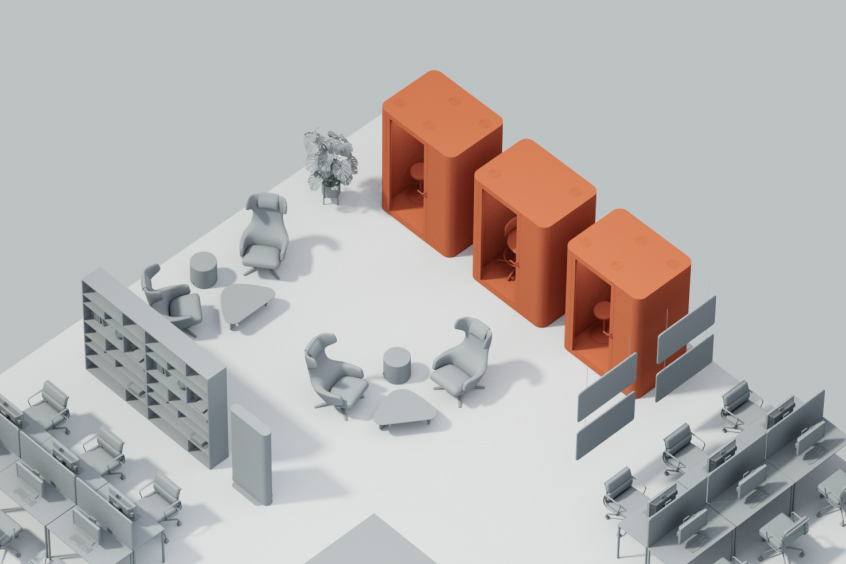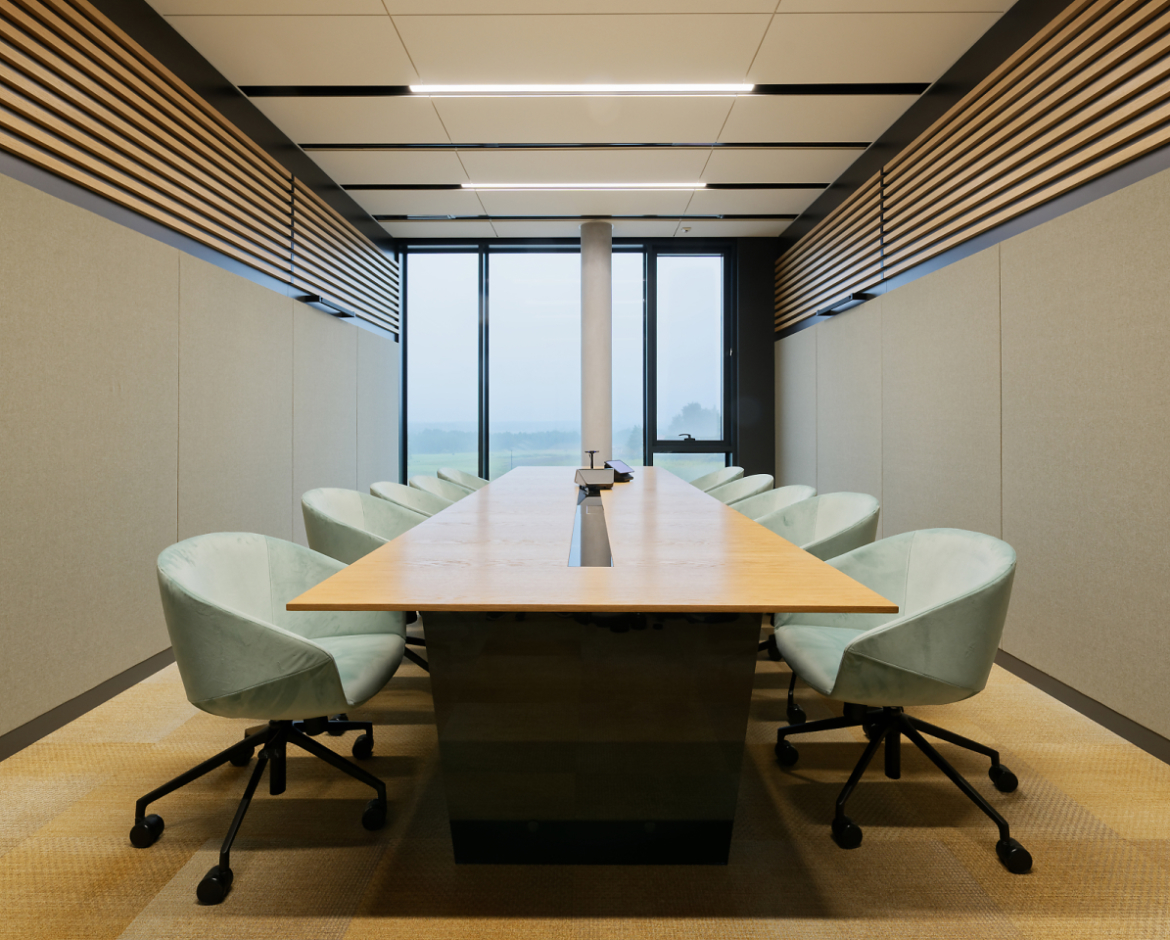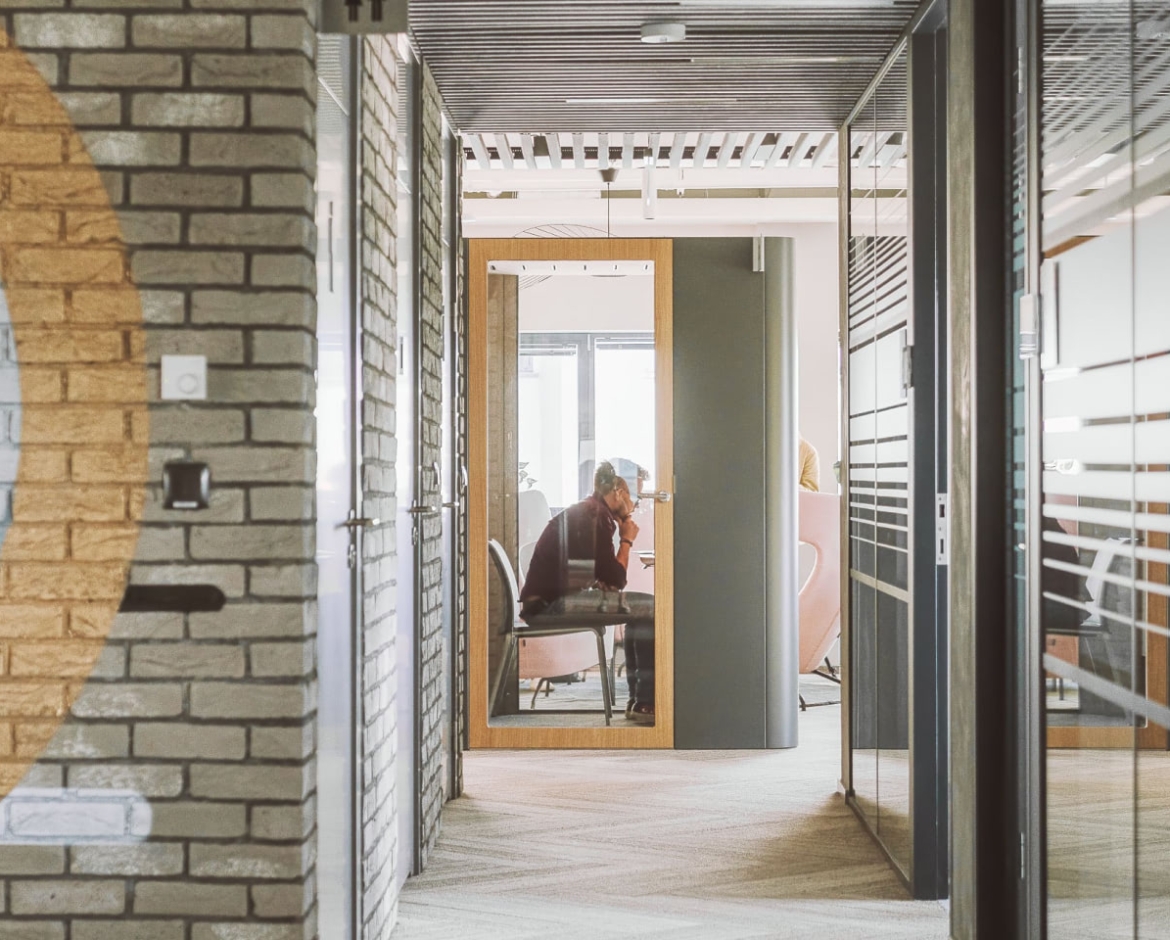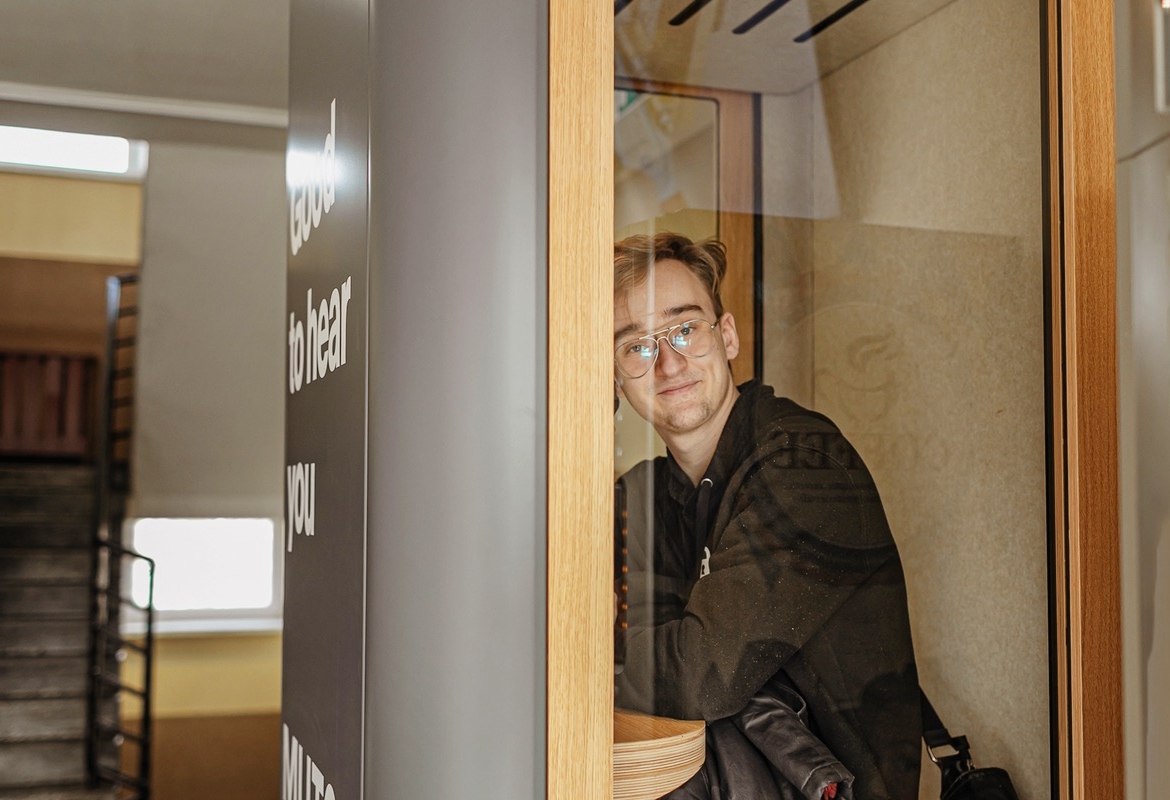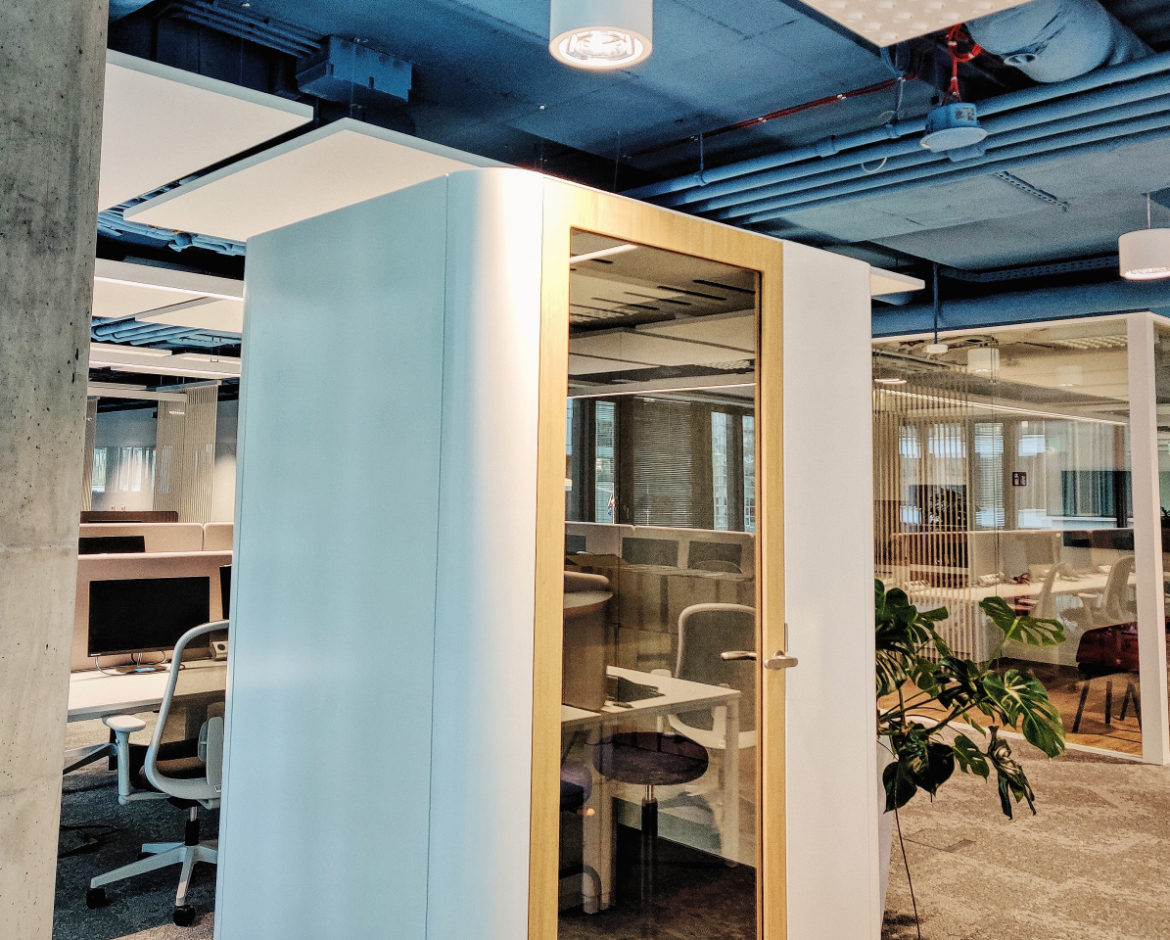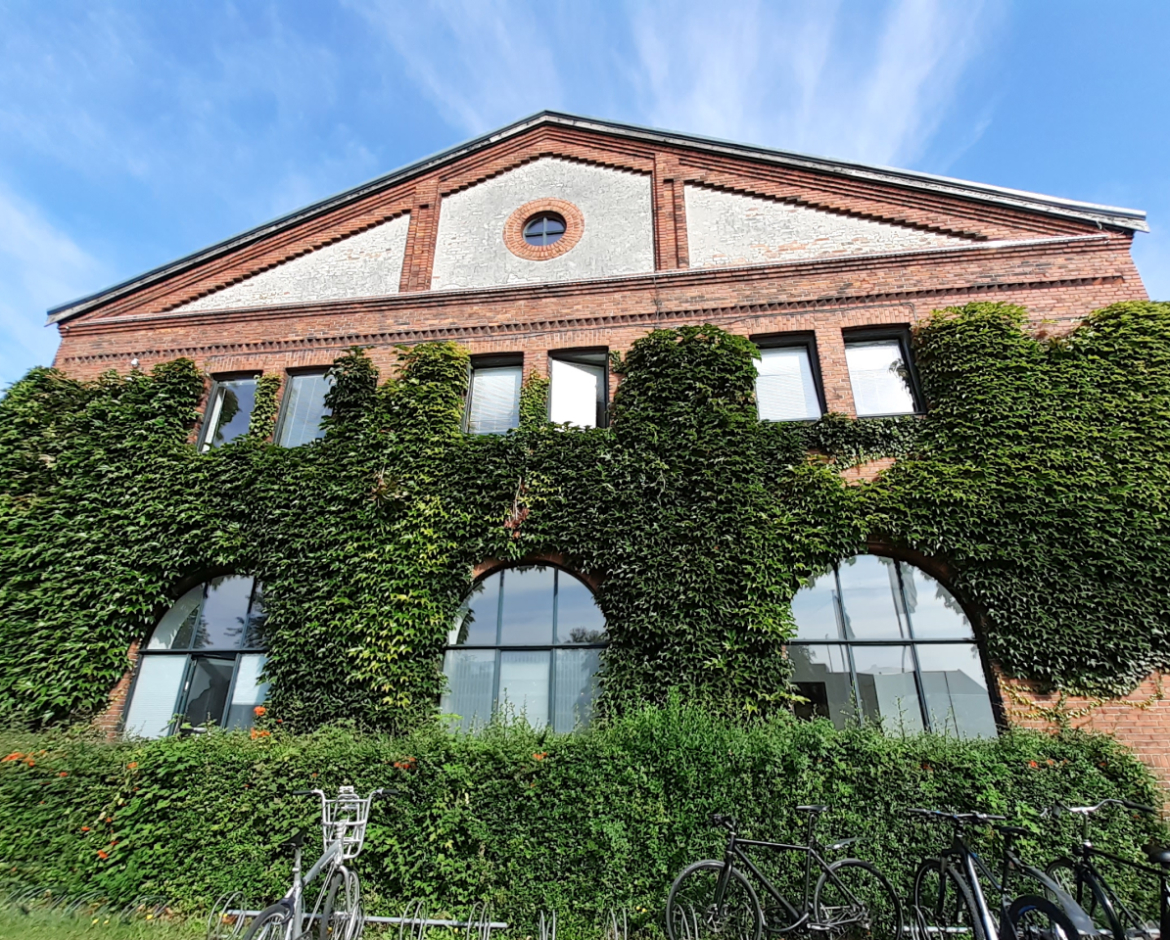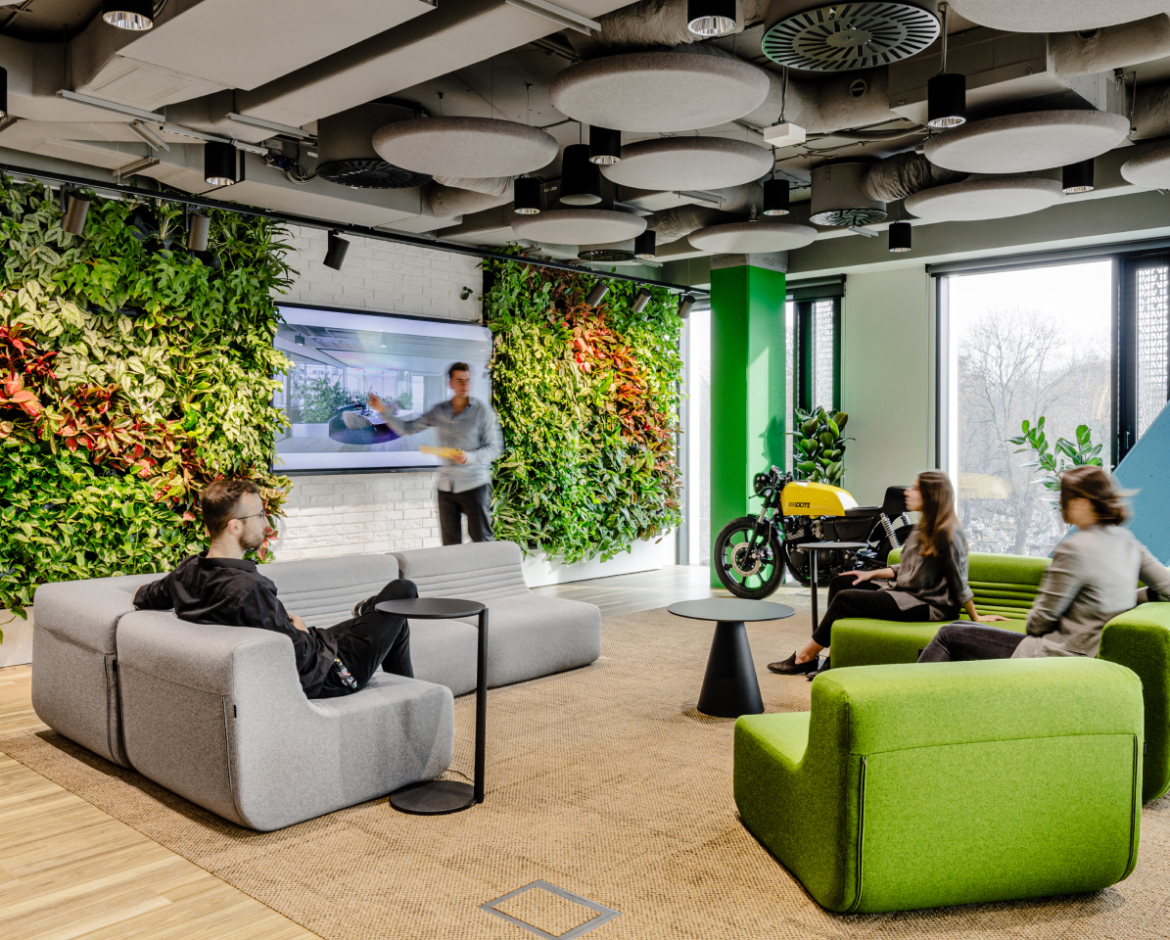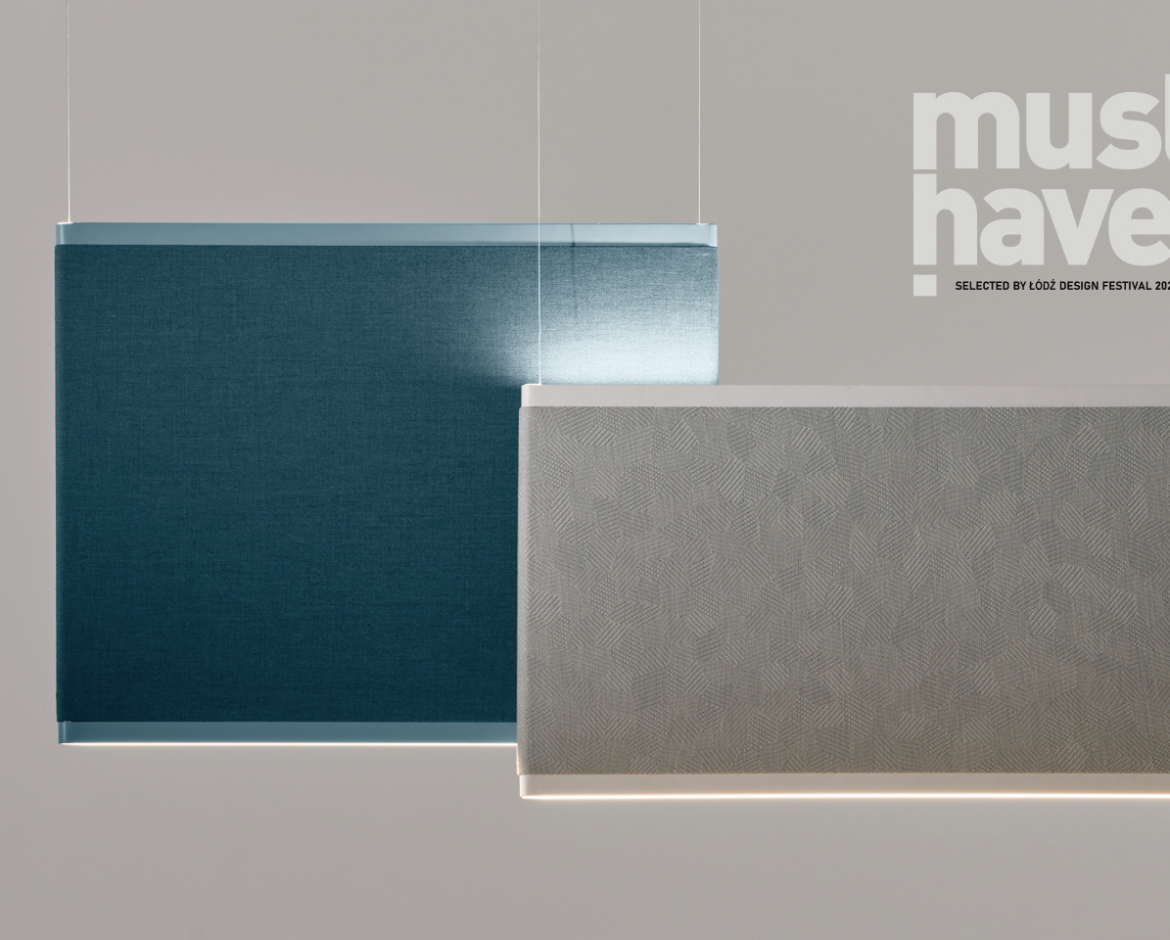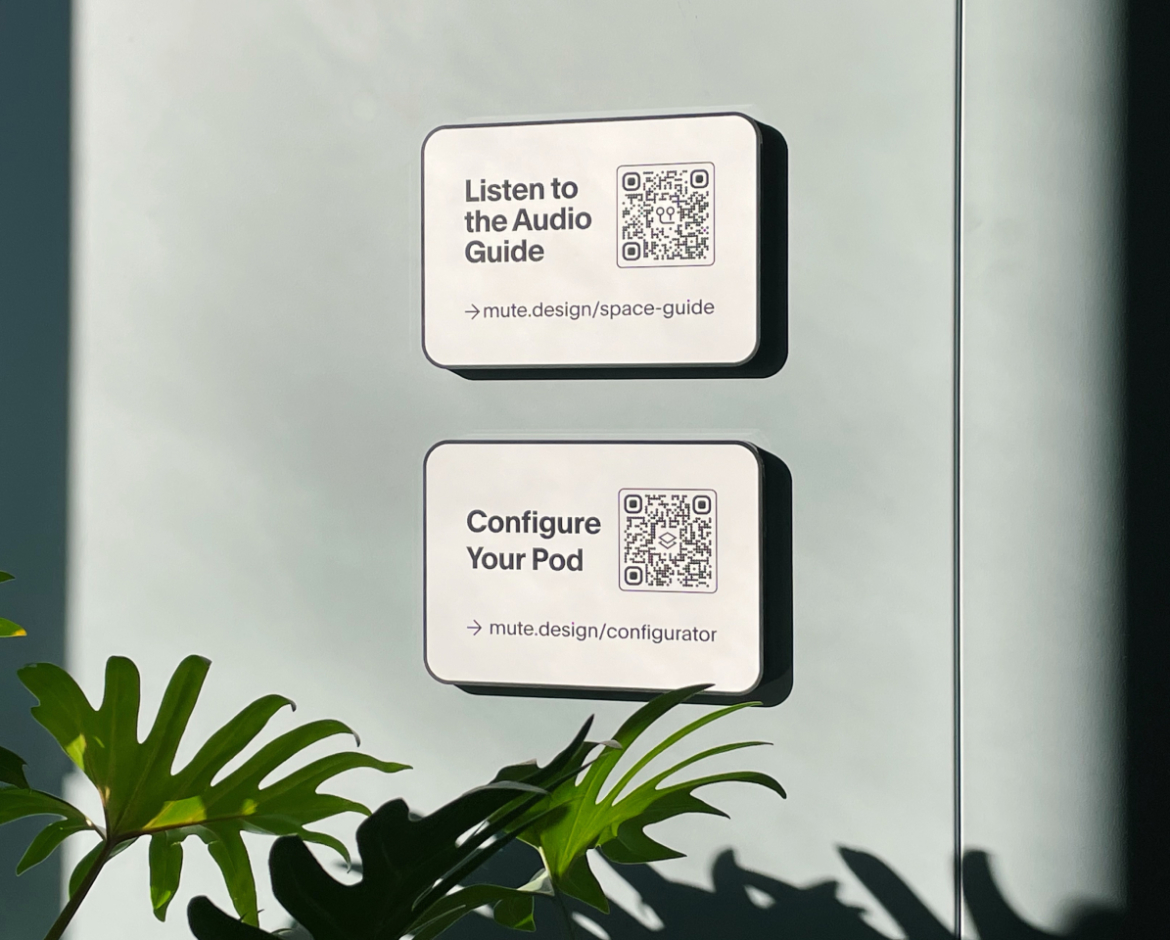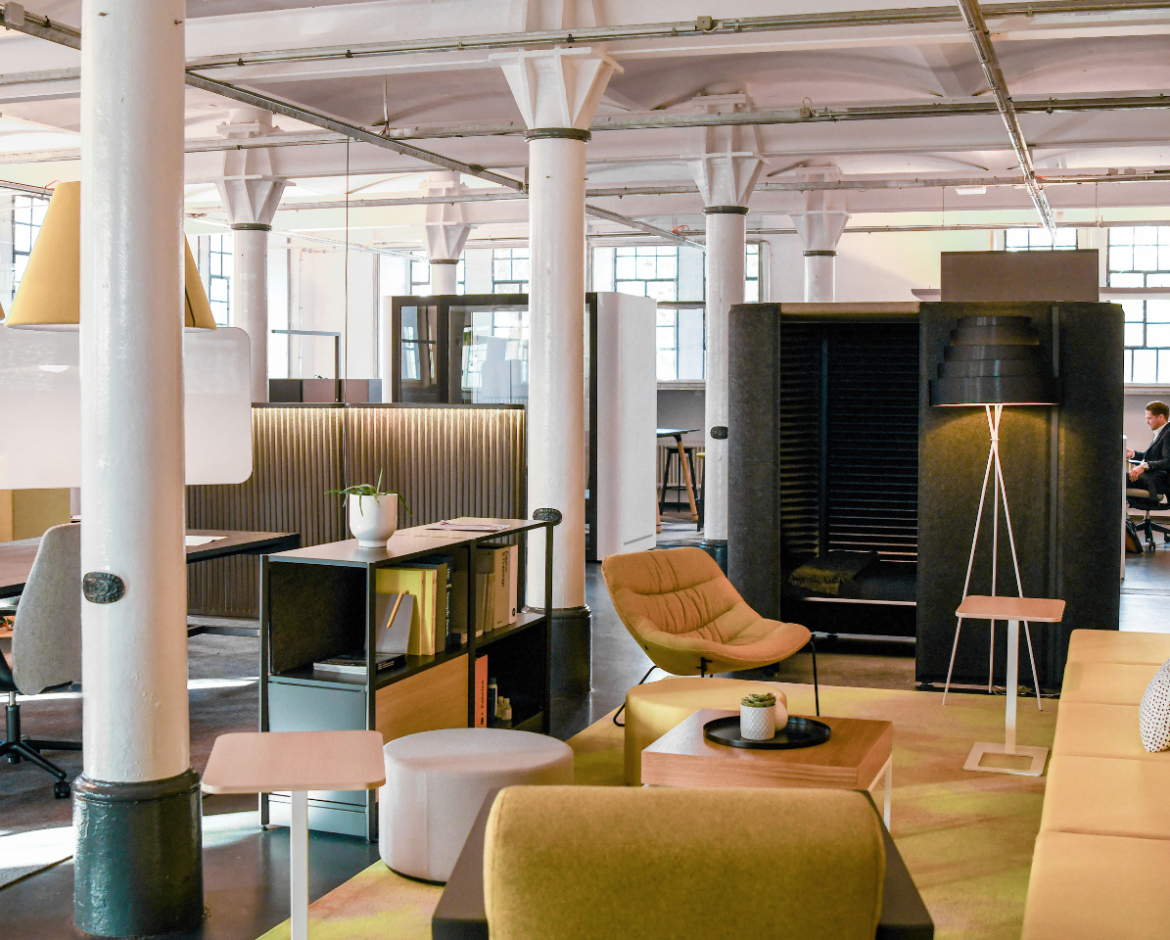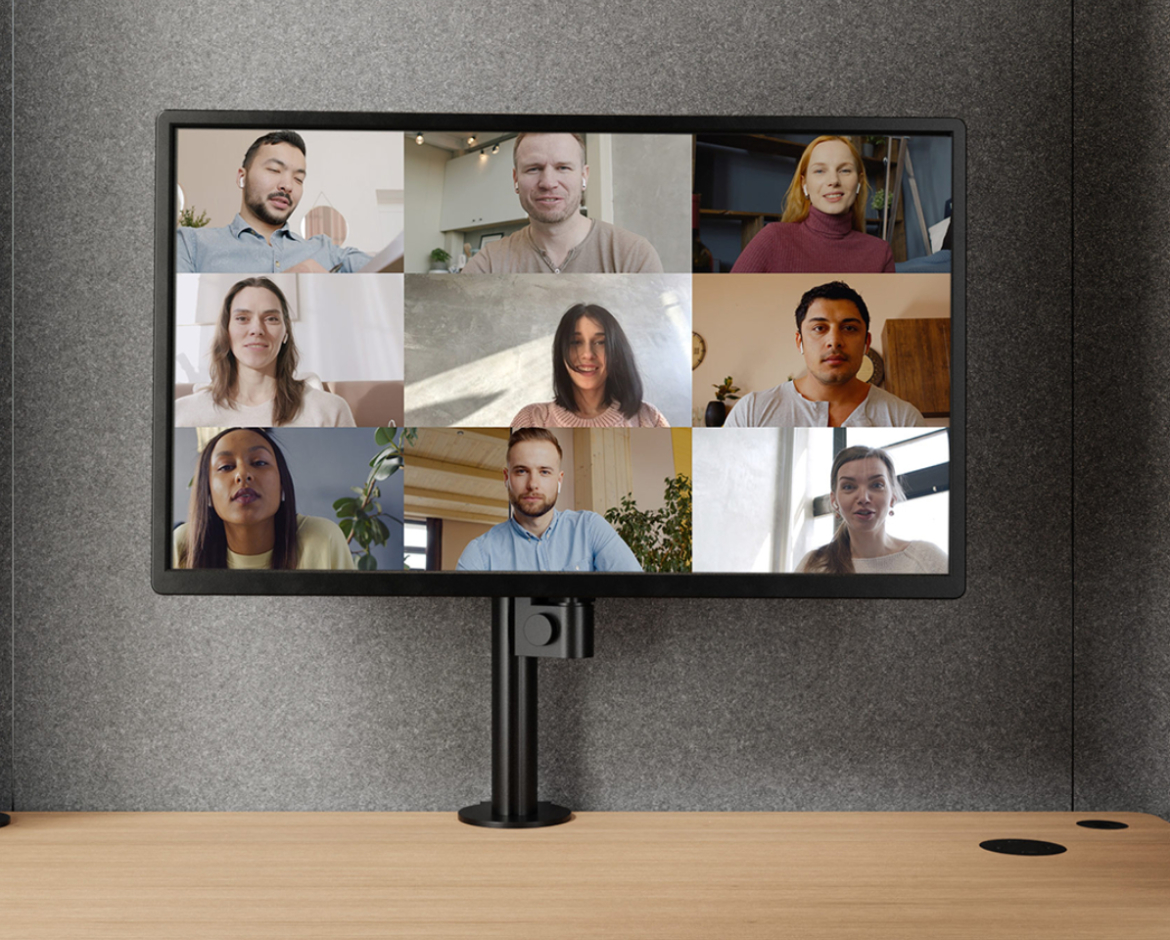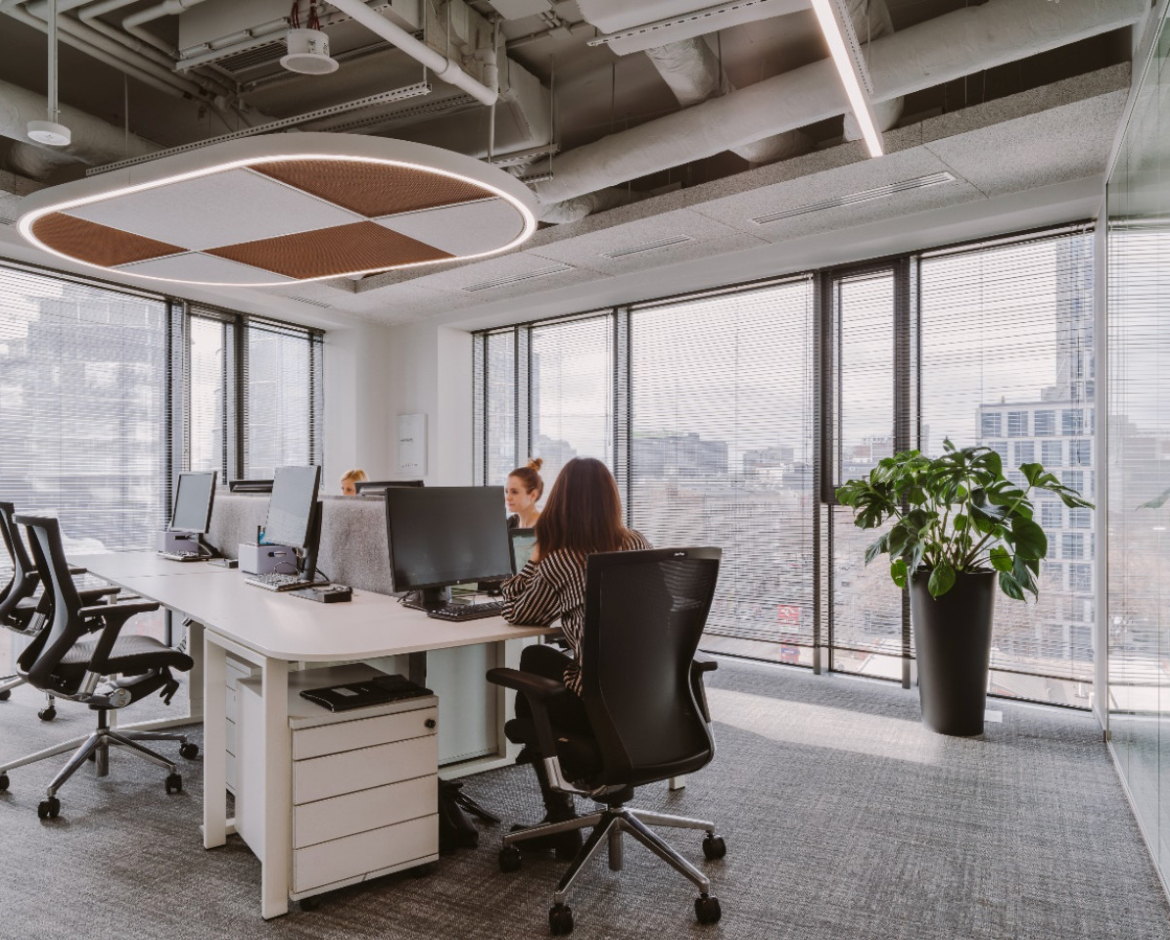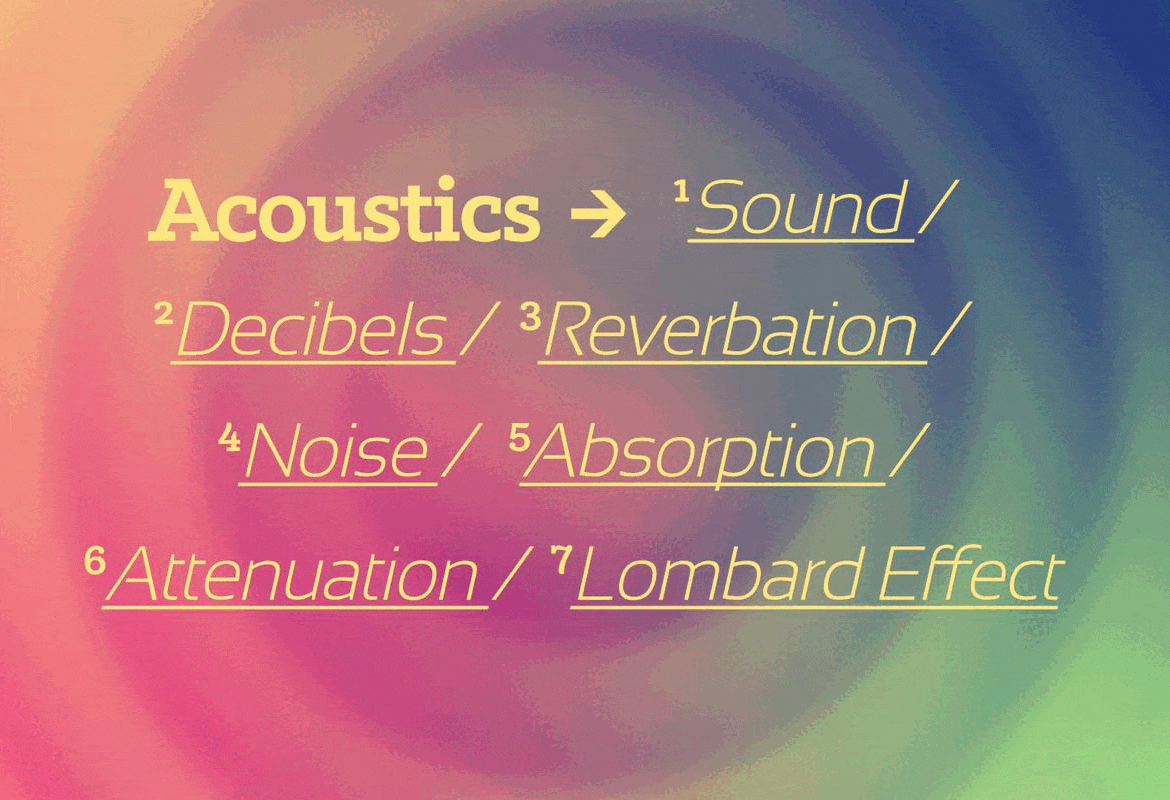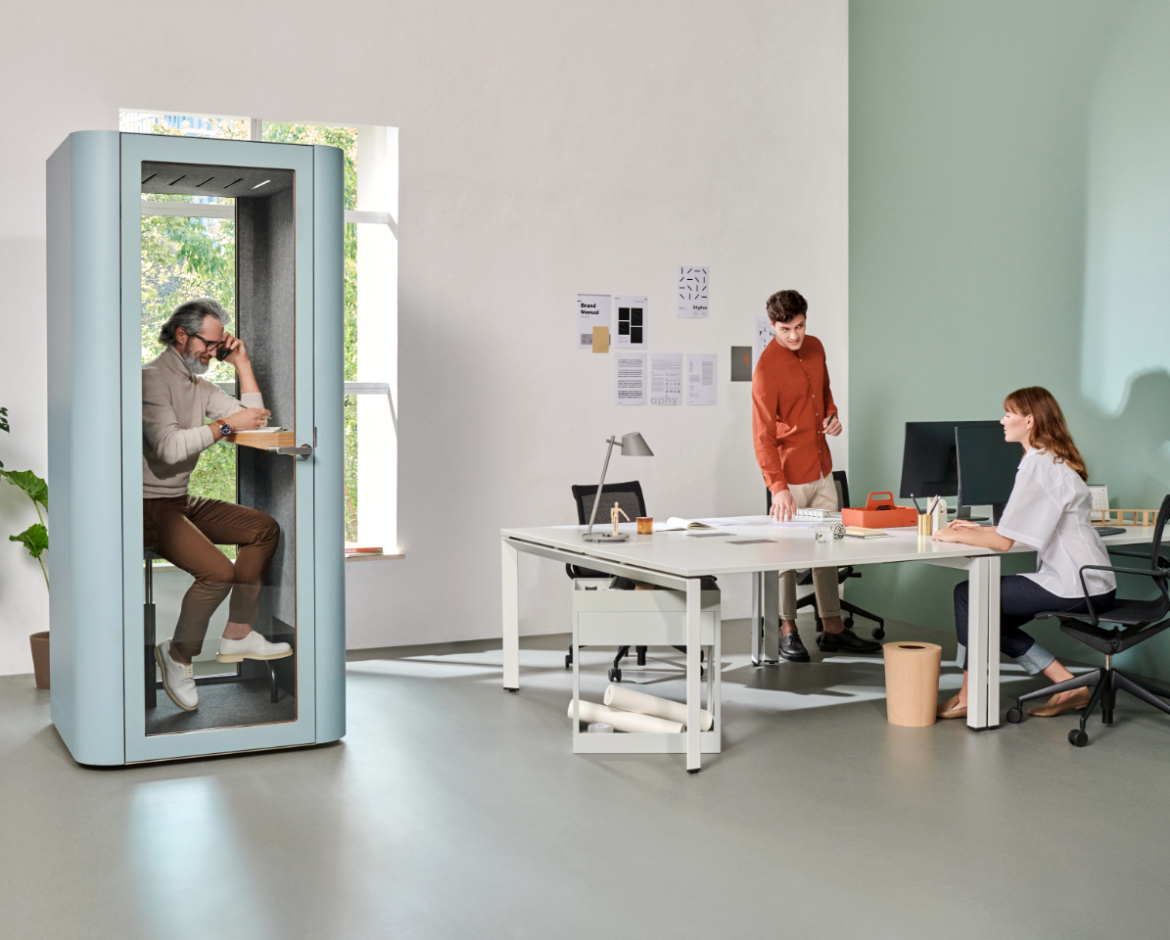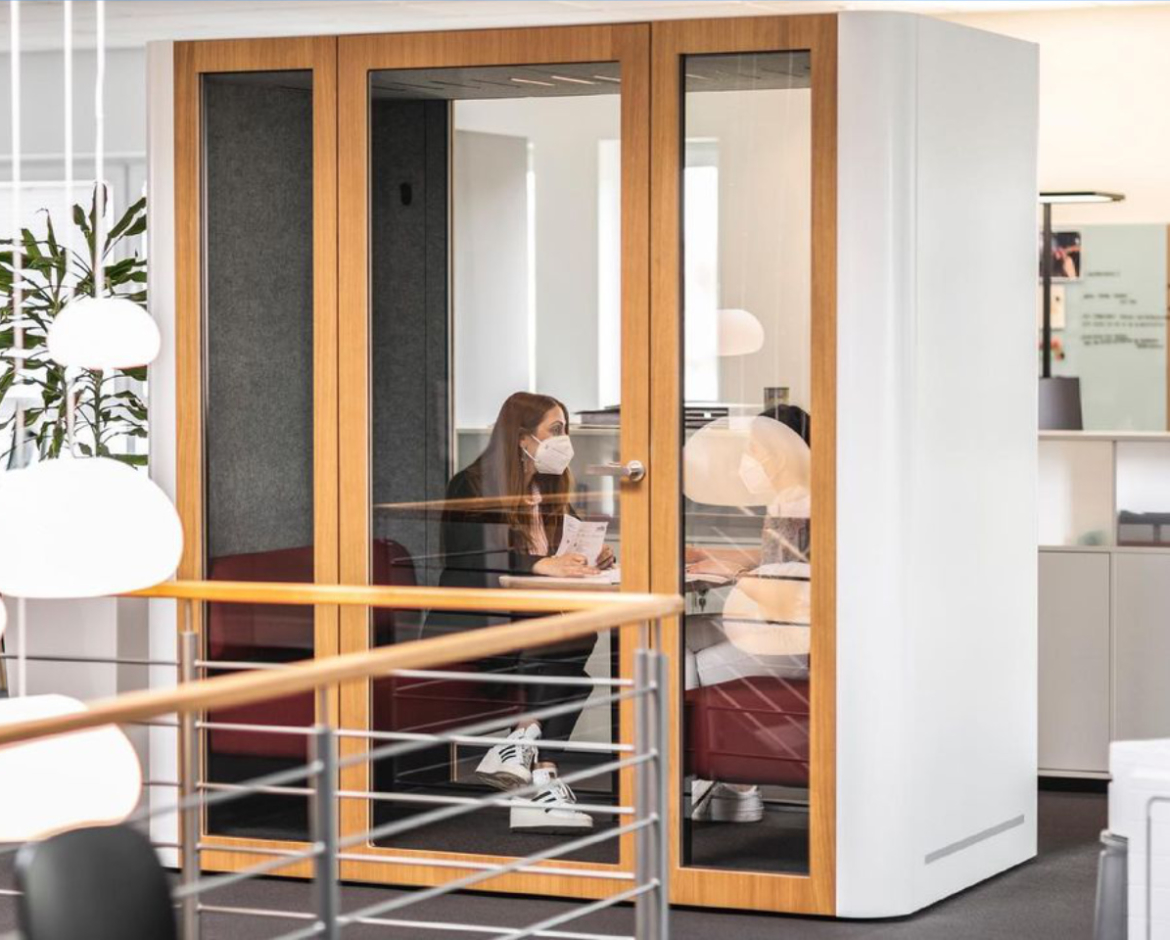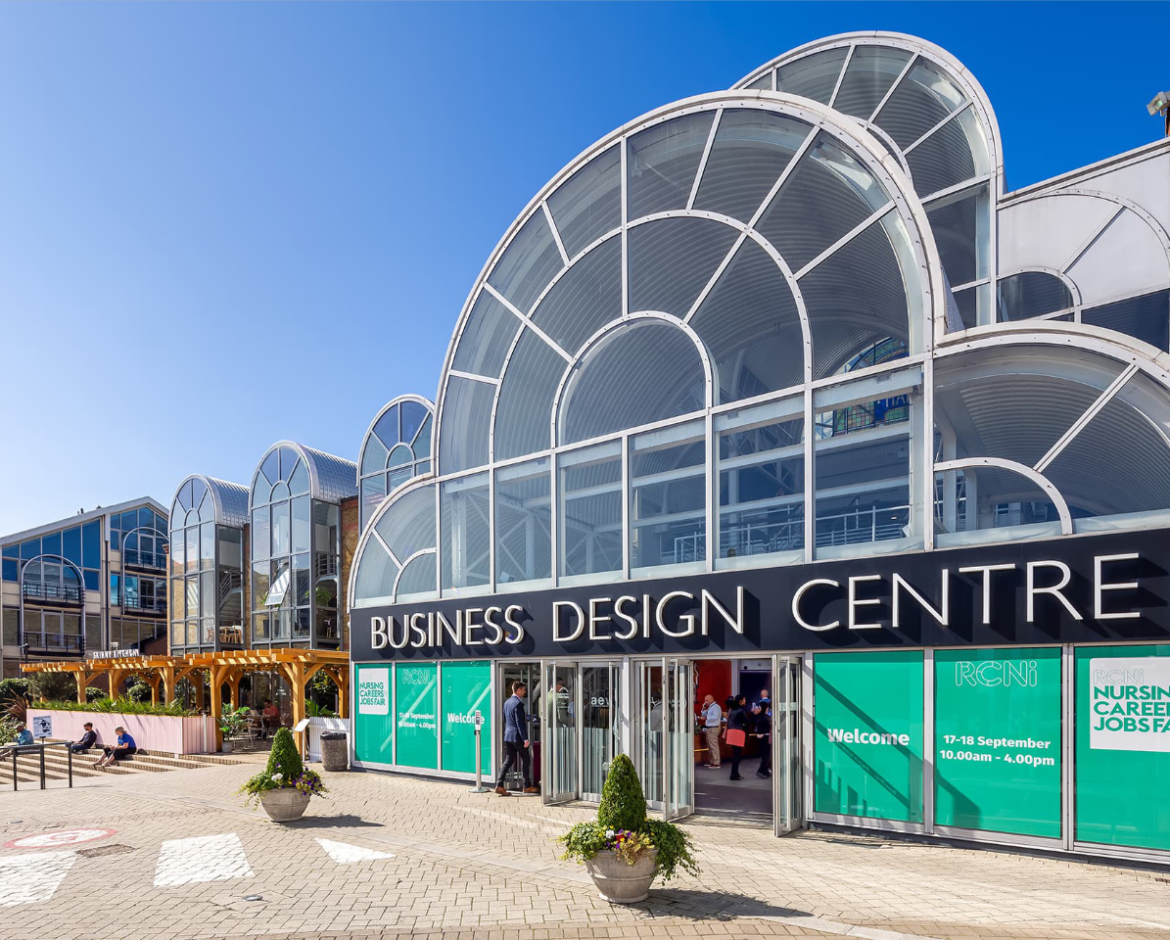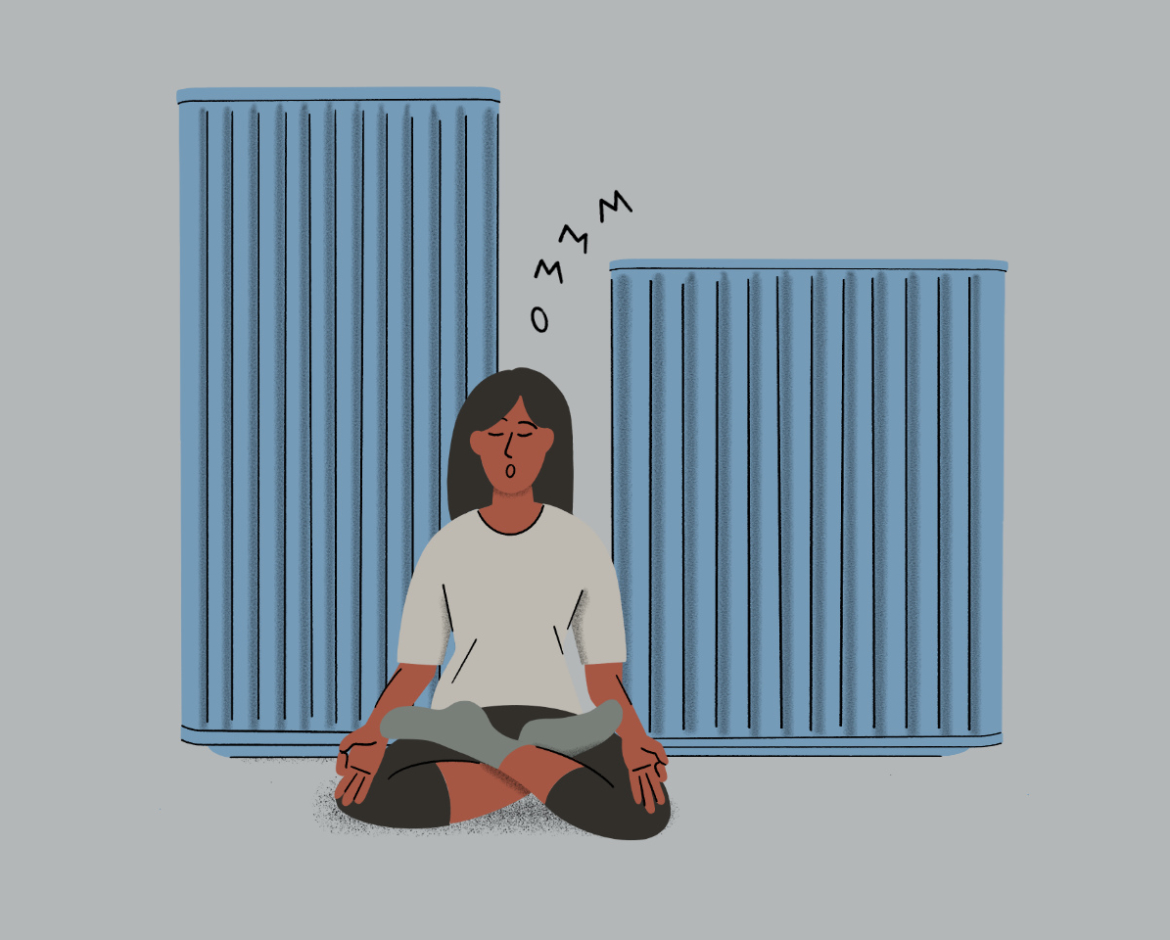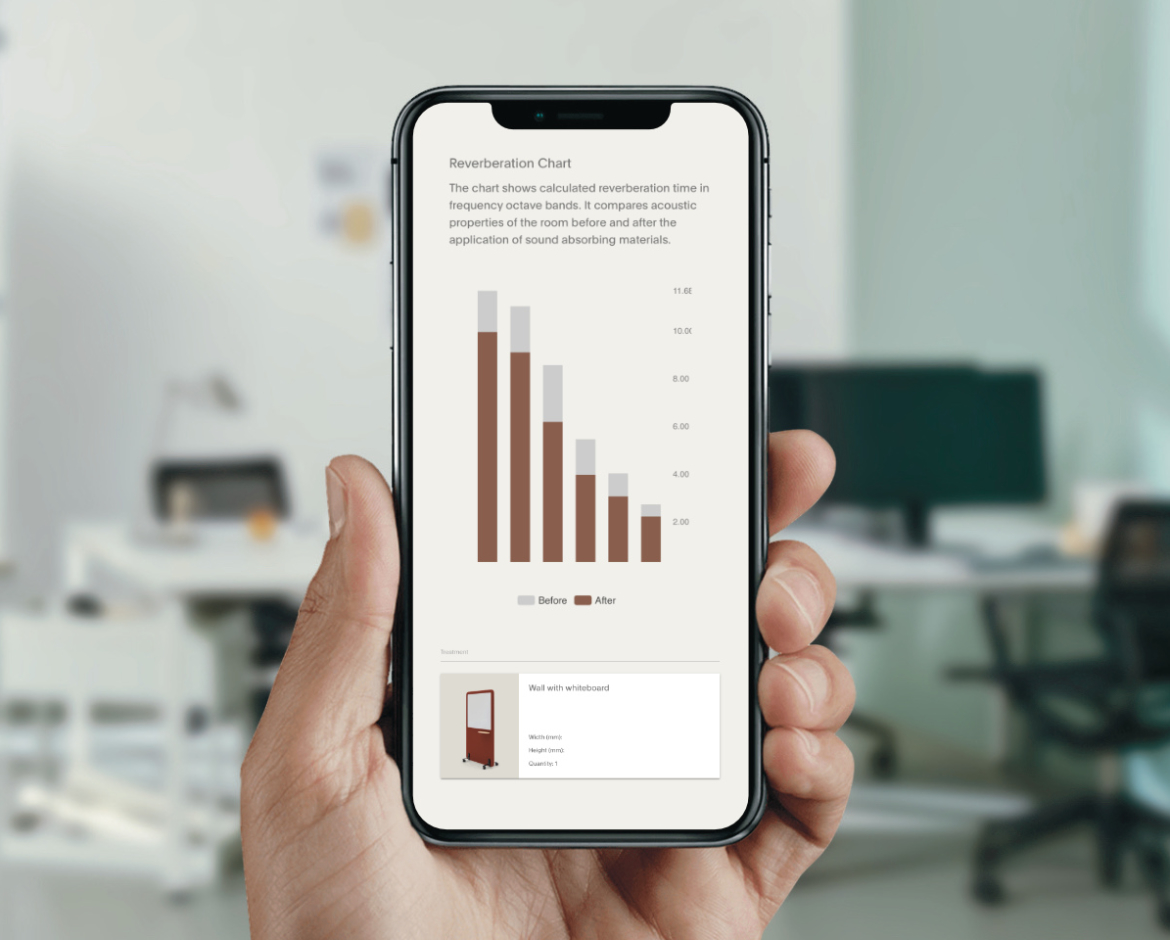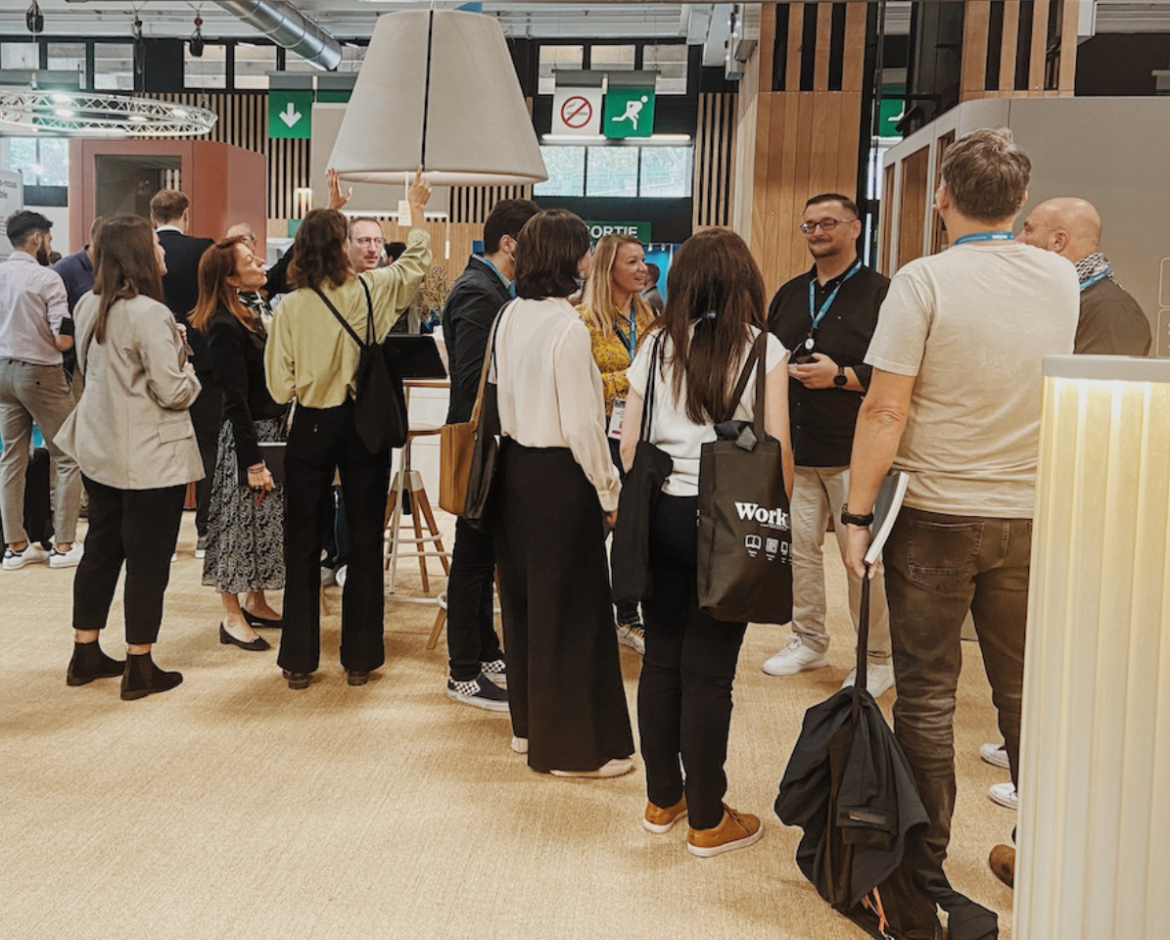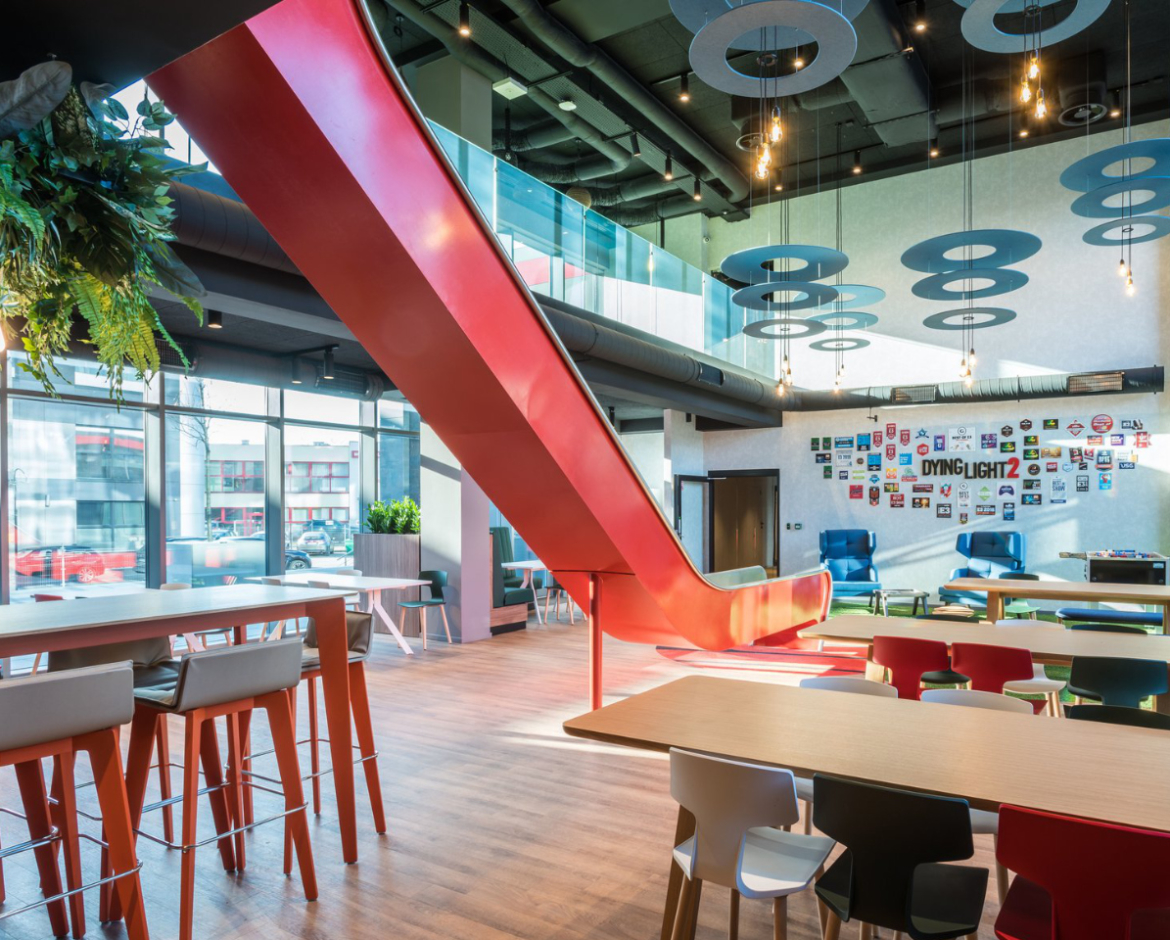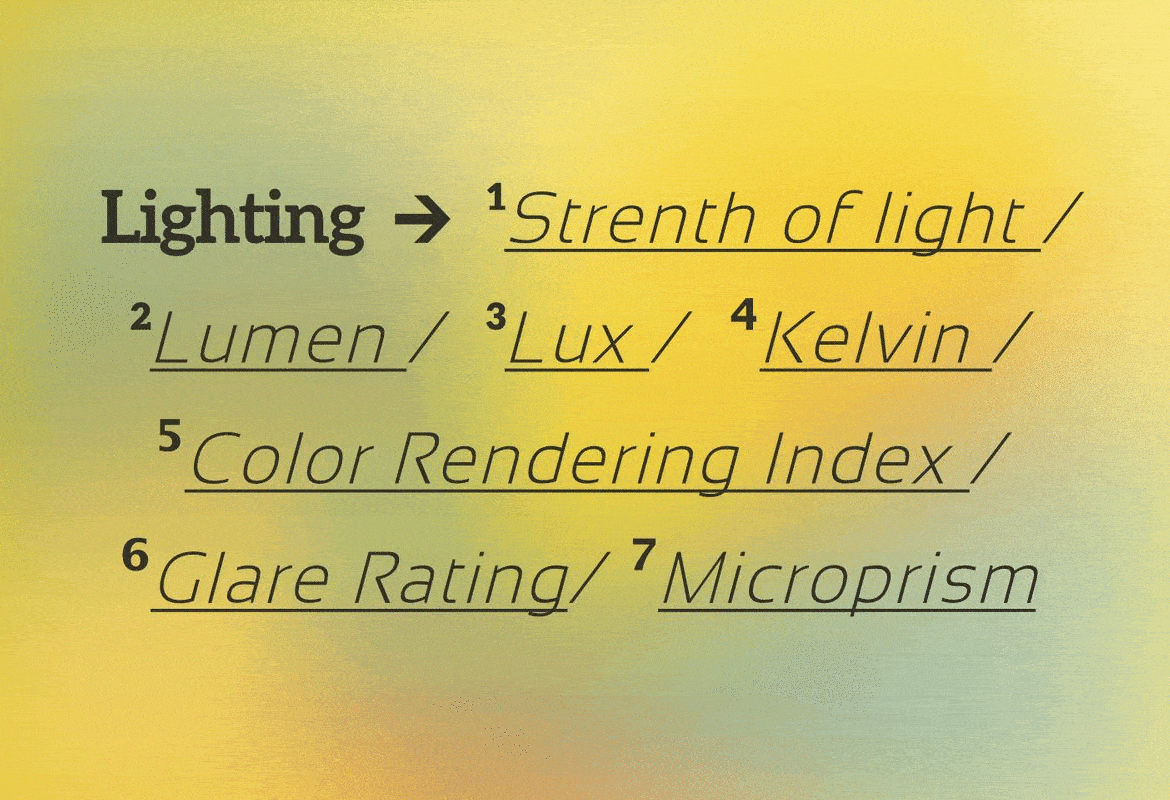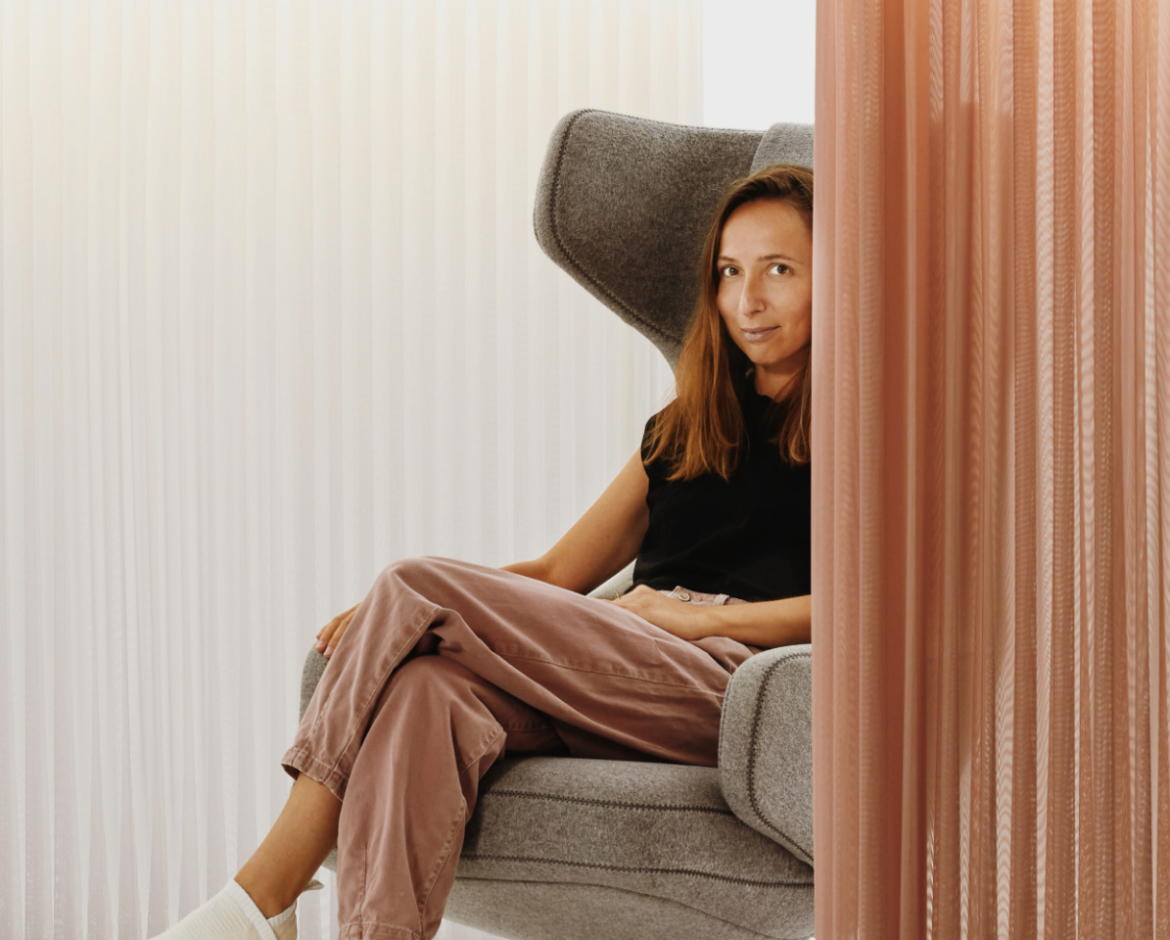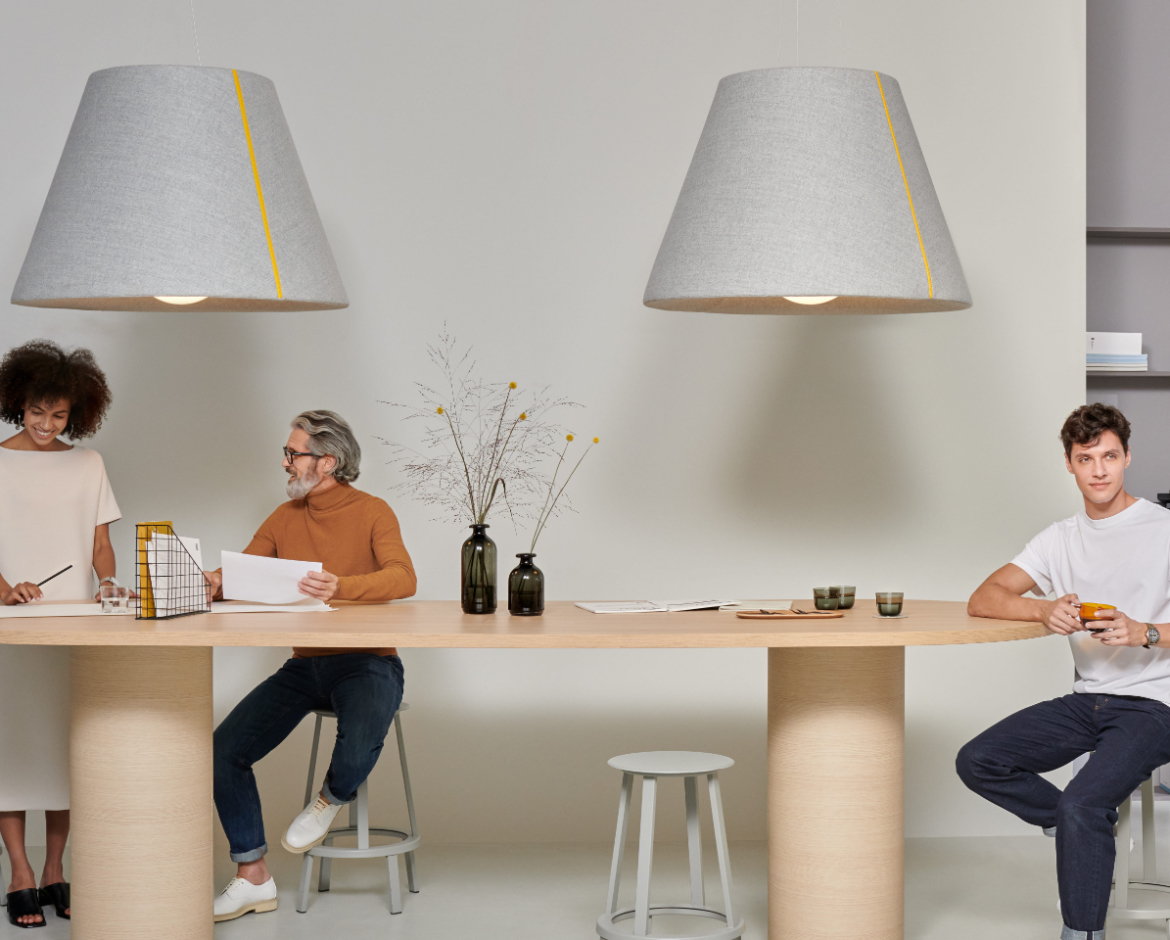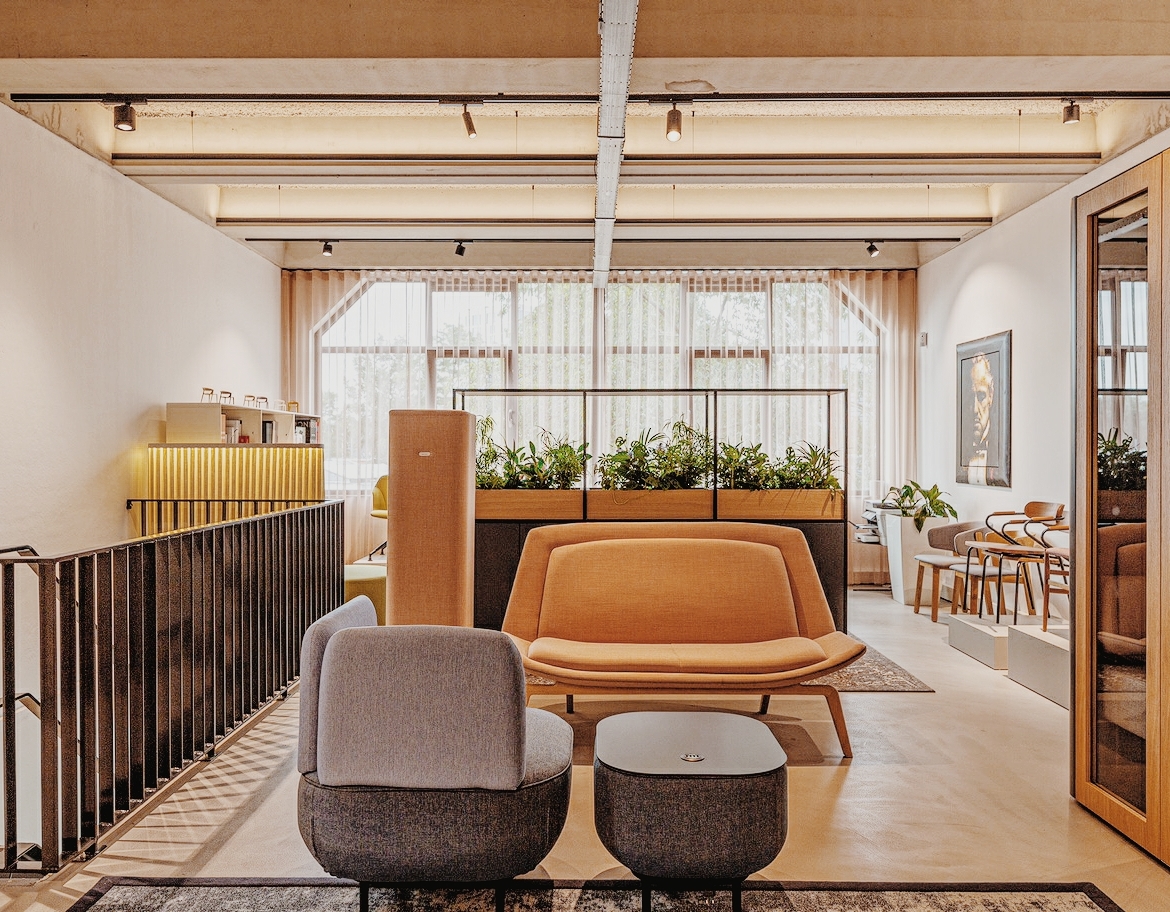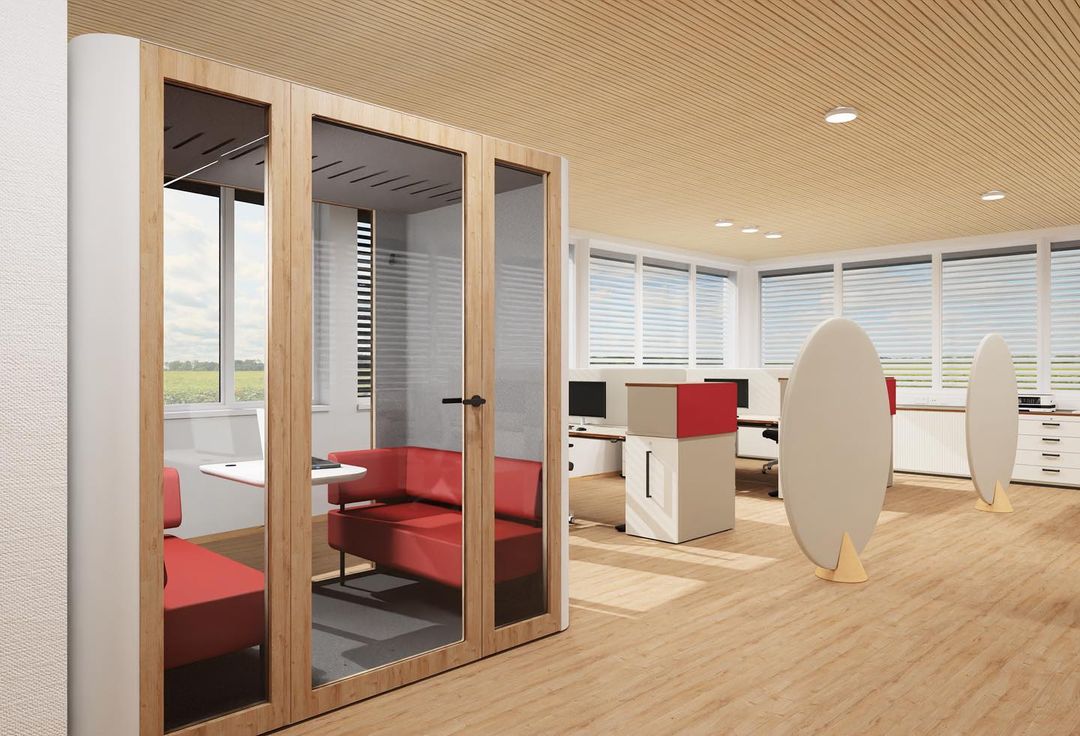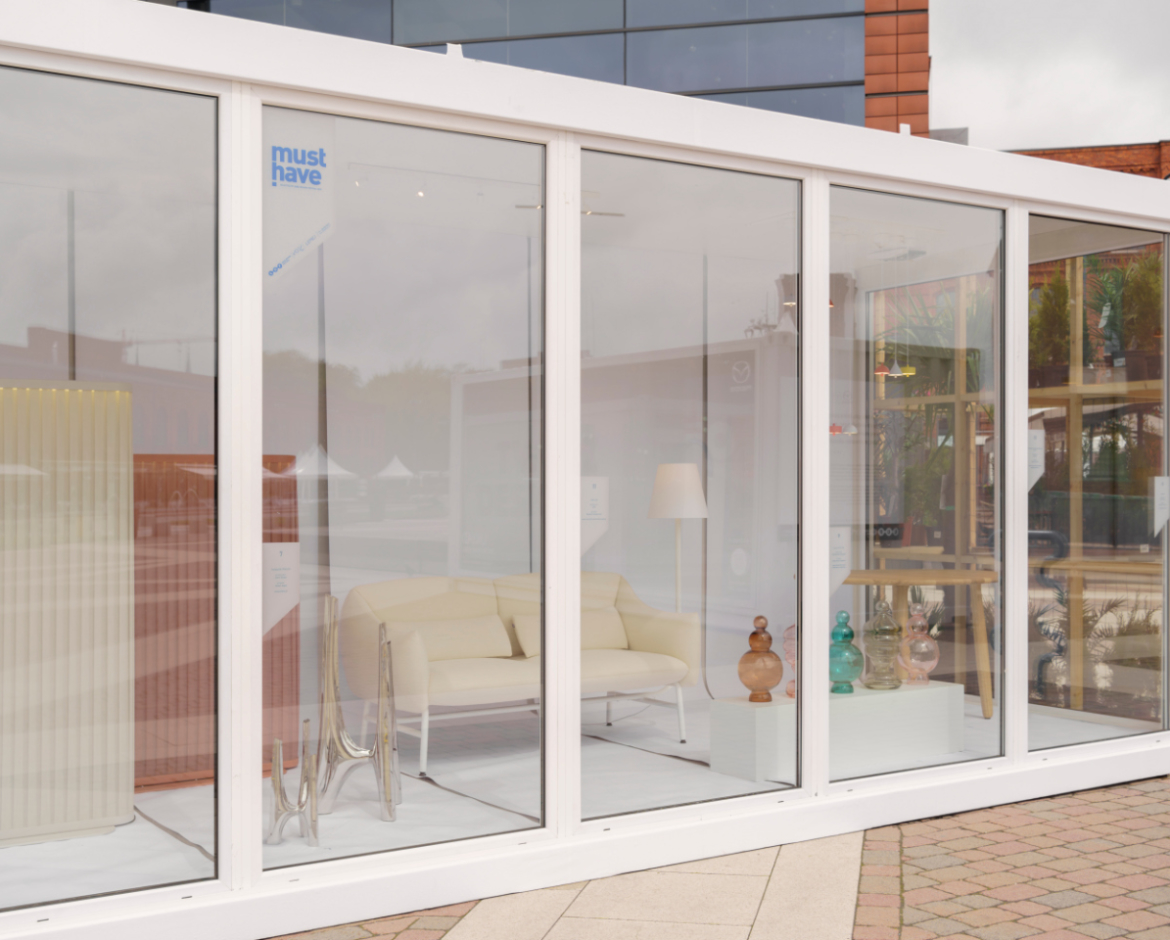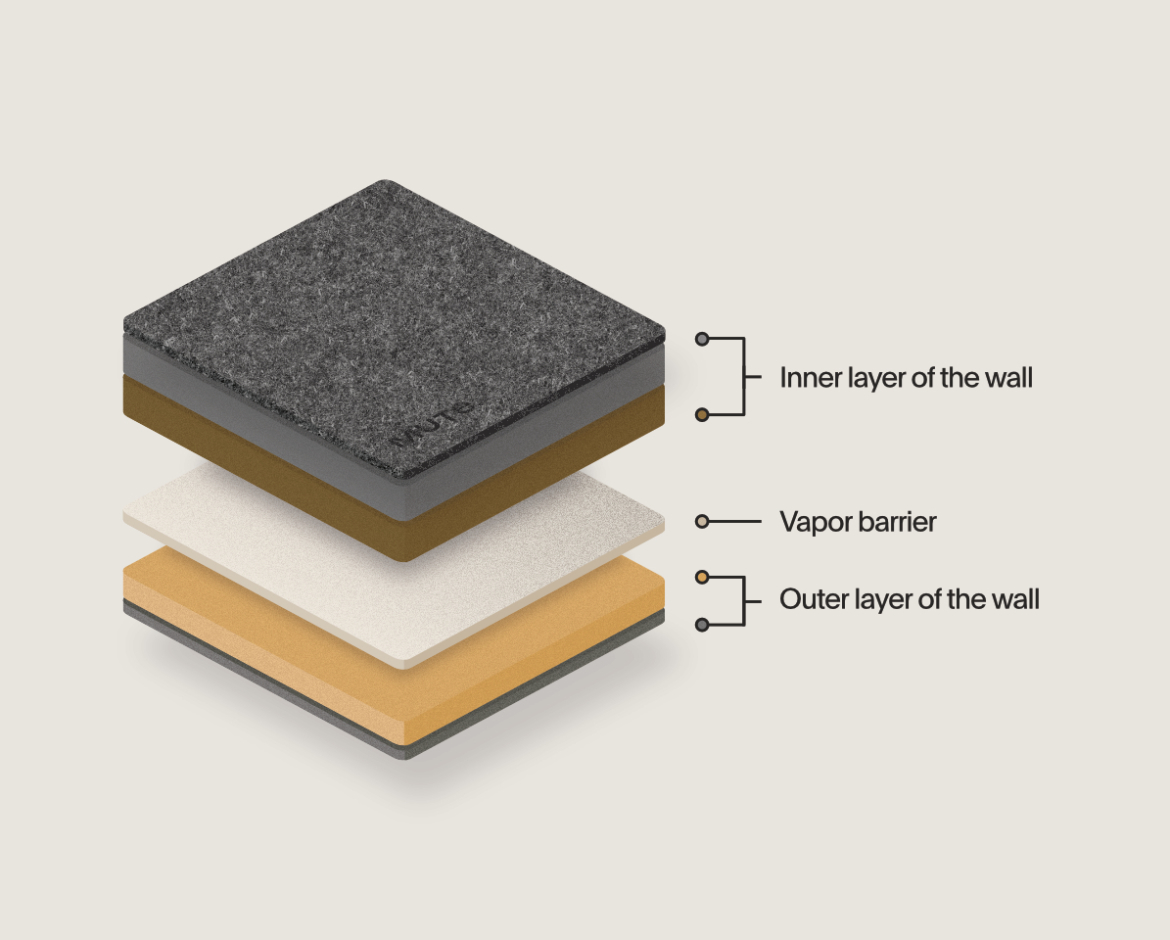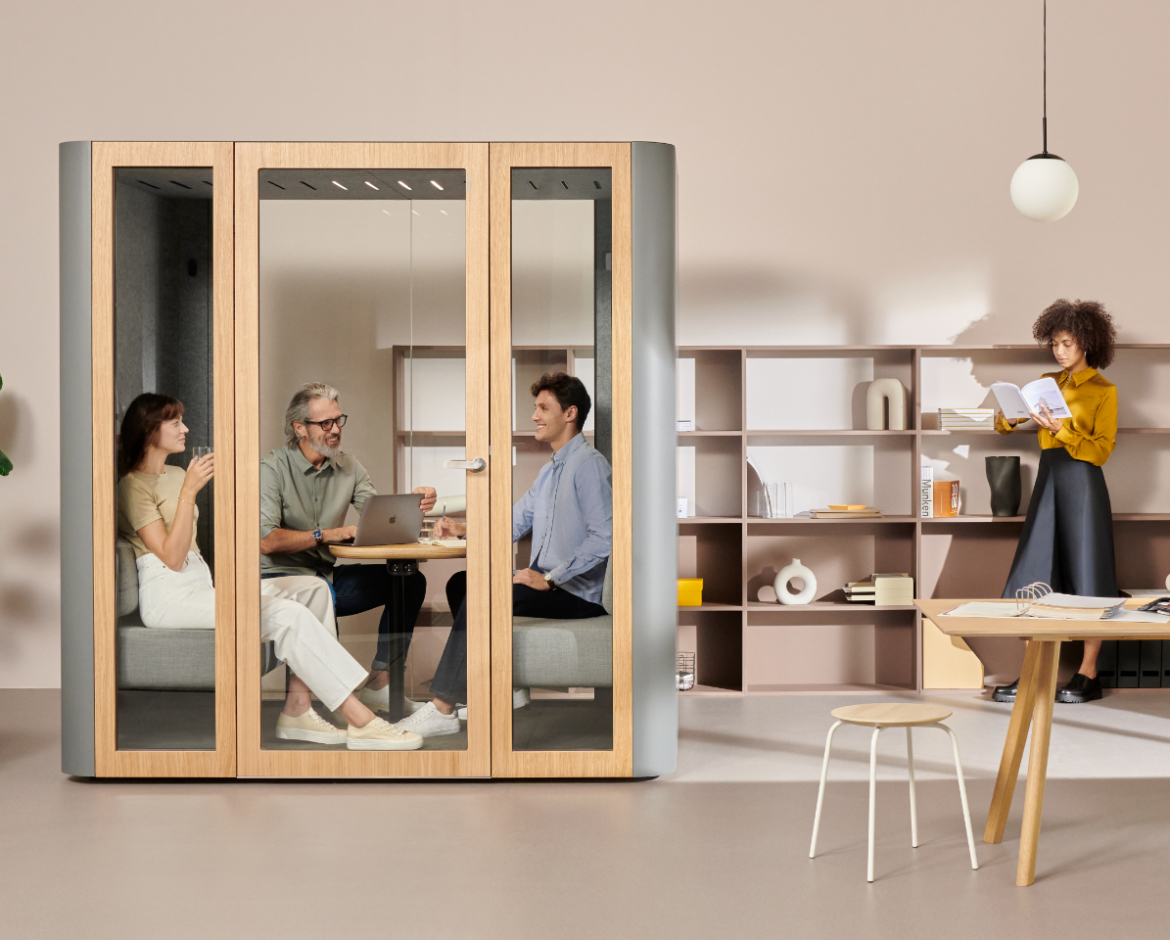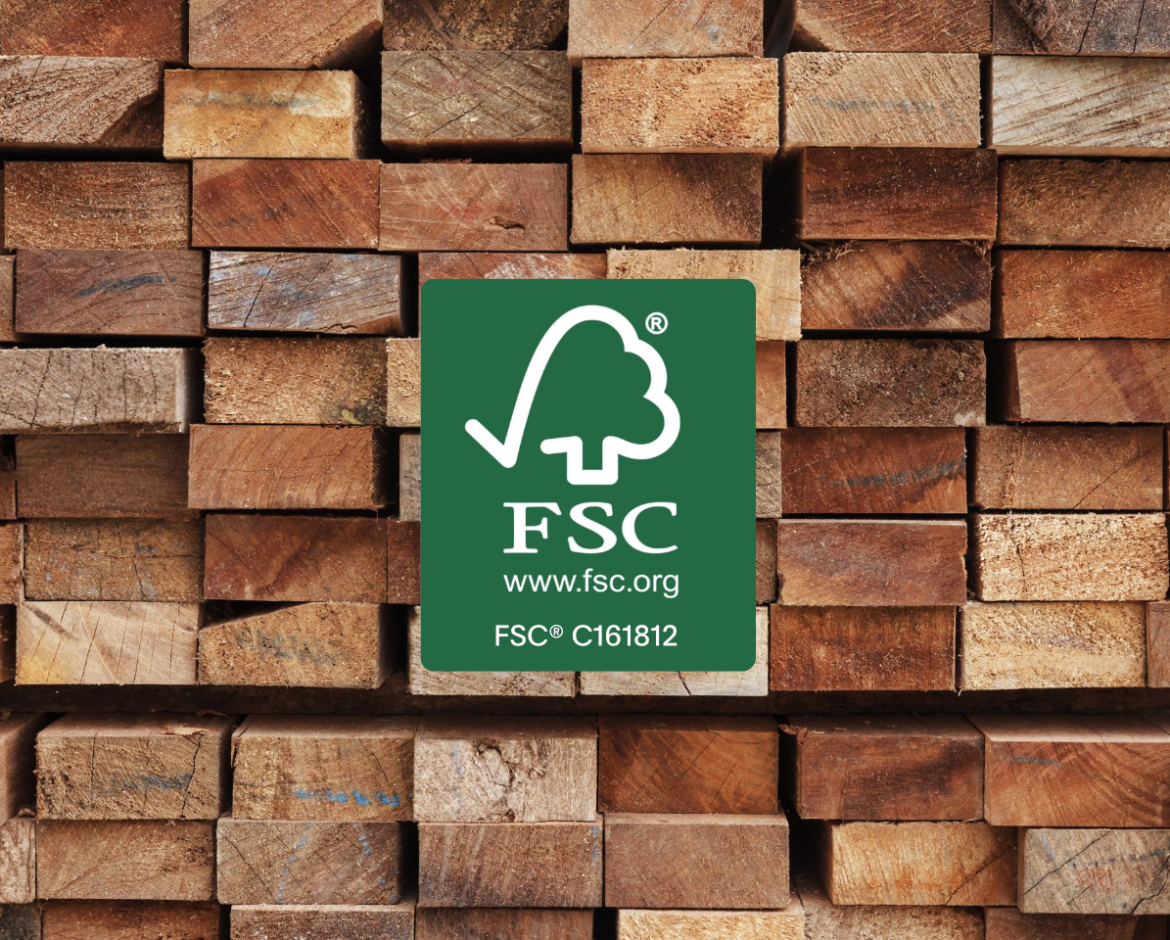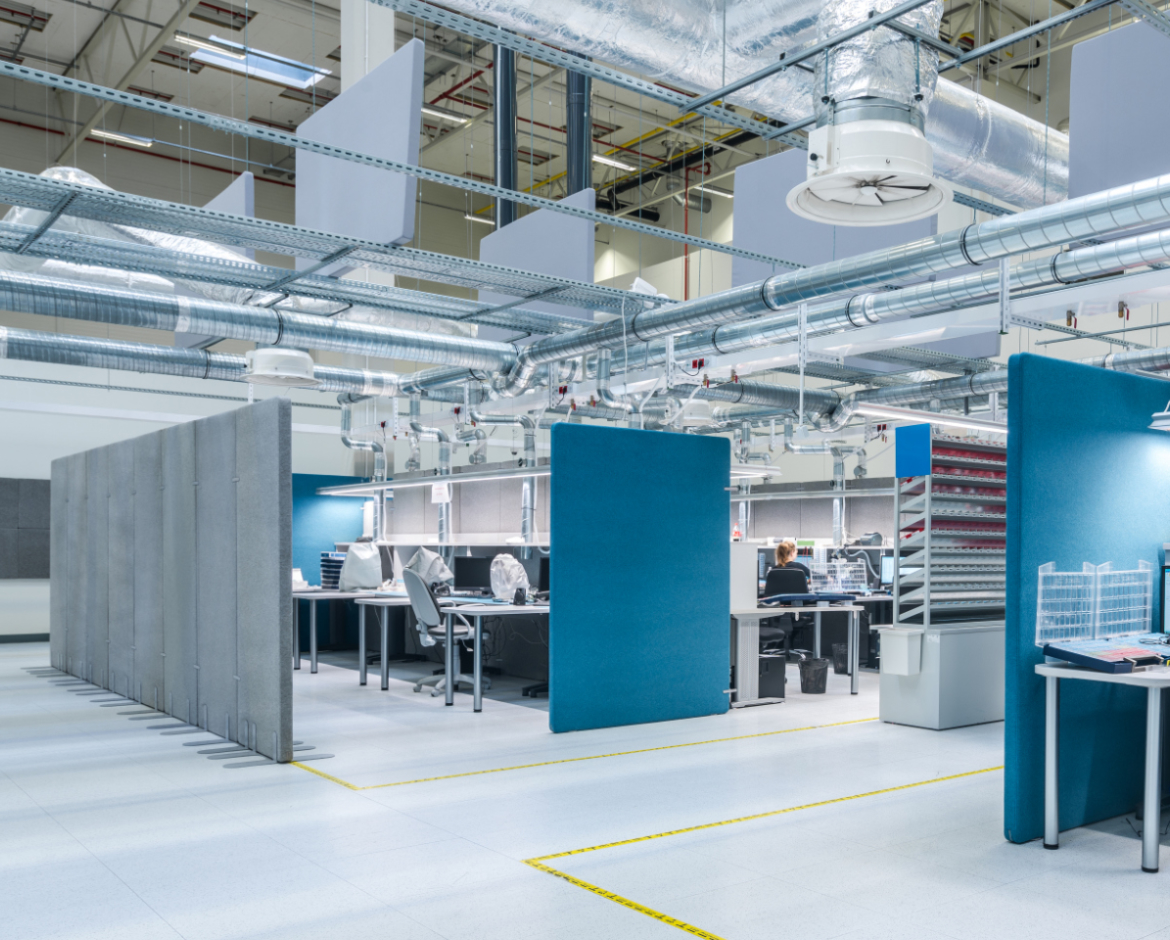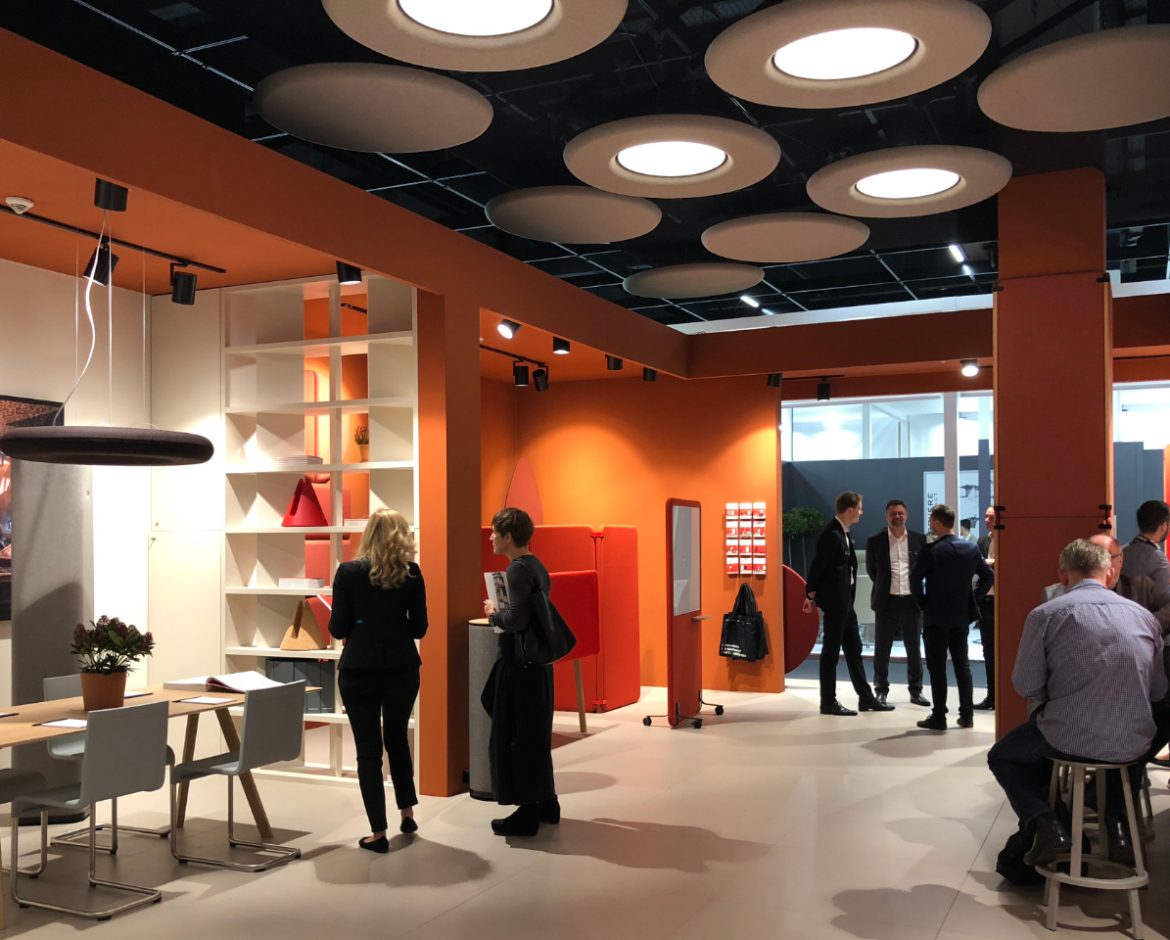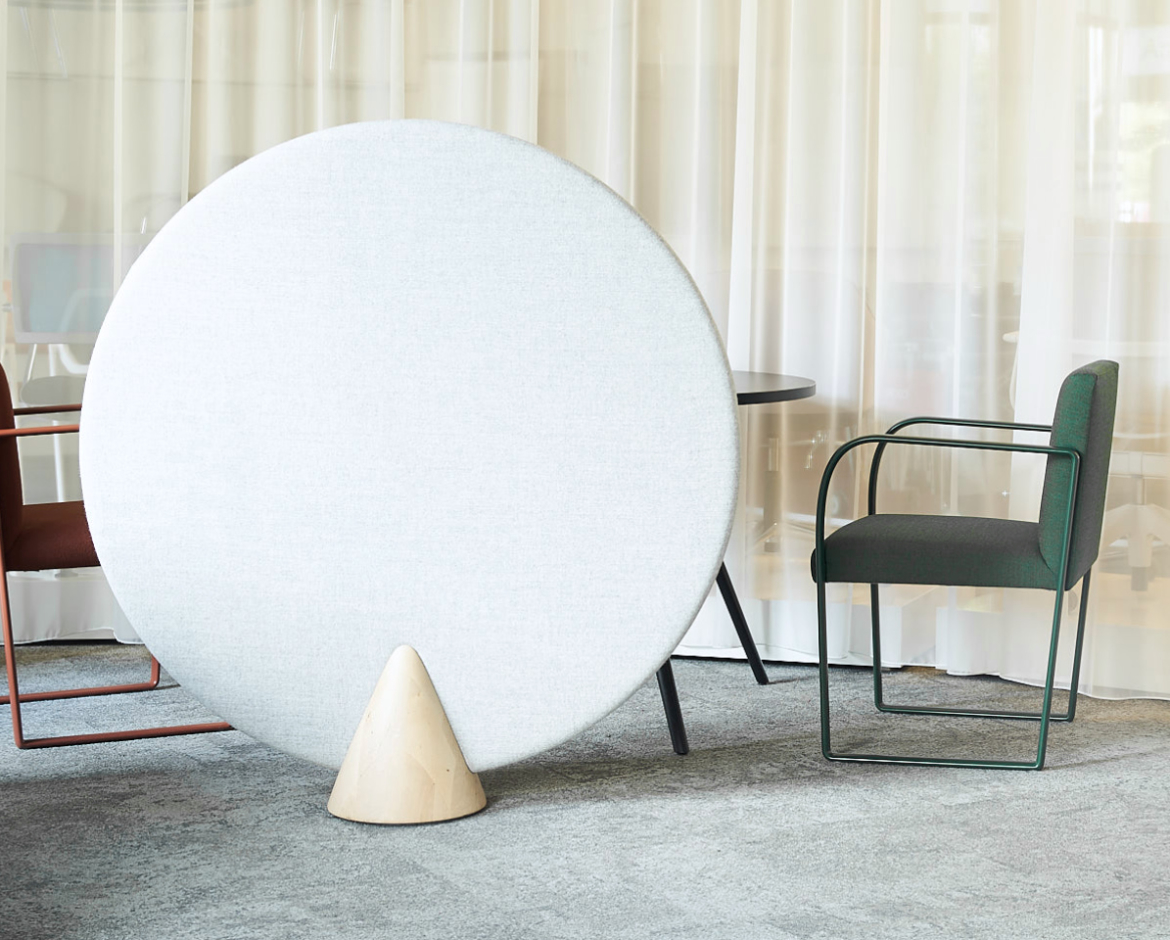Acoustic pods are becoming increasingly popular in workplaces around the world. 65 percent of office workers admit that noise significantly affects their efficiency, so it’s no surprise that many major companies treat acoustic pods as important elements of a modern and creative office. Soundproof pods provide solace for employees where privacy at work can be hard to come by.
There is a wide range of acoustic pods on the market, so we understand that it can be challenging to decide what products to choose. It’s even more complicated if you are not familiar with acoustics nuances and jargon. So, how do you pick the right pod for the job? What features look into to make sure you’re buying a high-quality product and not just a cool-looking piece of office furniture? Let’s take a look at three essential pod features you’ll want to consider closely before making a purchase.
This article is a part of the Acoustic Pods Consumers Guide, which we created to address the most crucial questions about acoustic pods. The guide walks you through how to choose the right pod, place it within your office and introduce it to your team. Download your guide here.
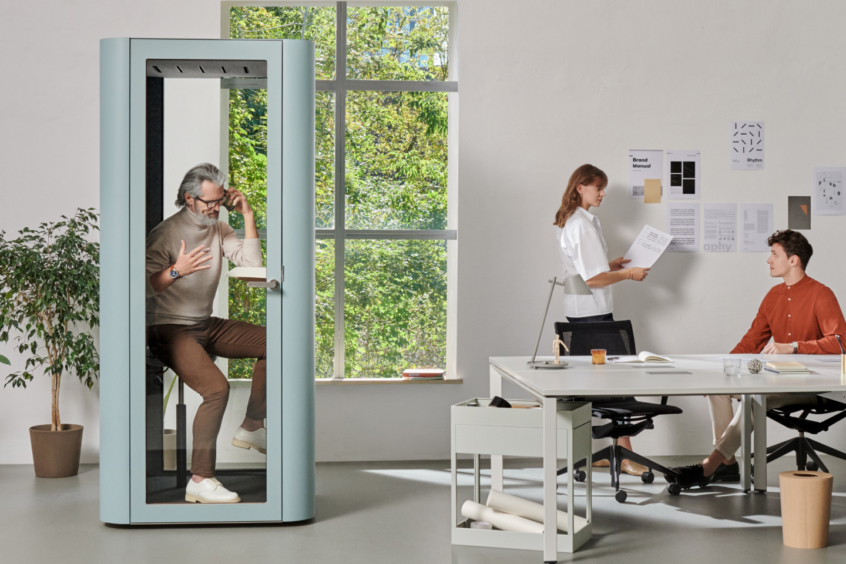
Soundproofing
Understanding soundproofing is a critical first step to evaluating a pod. The acoustic efficiency of different pod models can vary a lot. Some pods offer almost total sound isolation, while others have acoustic properties…on the label only. It’s worth taking some time to hear the difference.
→ The best way to check sound isolation is to do an experiment yourself. If it’s possible, visit a showroom, ideally with a colleague. One of you should step inside and then try to communicate and speak to the other, changing voice level. You should hear significant difference while talking through the pod’s doors. If you are alone, take a Bluetooth speaker and test it by playing your favorite song loud. Perform the experiment in quiet surroundings to ensure the soundproofing level will be noticeable and not disturbed by background noise.
→ Check the pod’s internal sound isolation as well as its external one. A high-quality pod should have slightly less effective external isolation so that when users are in the pod, they can hear a loud sound (like an alarm going off) outside of it. This is an important design feature for safety. At the same time, you want good internal sound isolation so that conversations are private and don’t let too much sound escape into the ambient office space.
→ Don’t look only at sound-insulation performance. Also, check the pod’s internal reverberation time. A high-quality pod should limit reverberation time to 0.1 – 0.3 seconds. It will improve audibility during phone calls or video calls.
Good to ask: Checking the acoustics, ask producers to provide reliable information about the sound isolation parameters of the whole finished product, not only its particular elements (i.e. walls and doors separately).
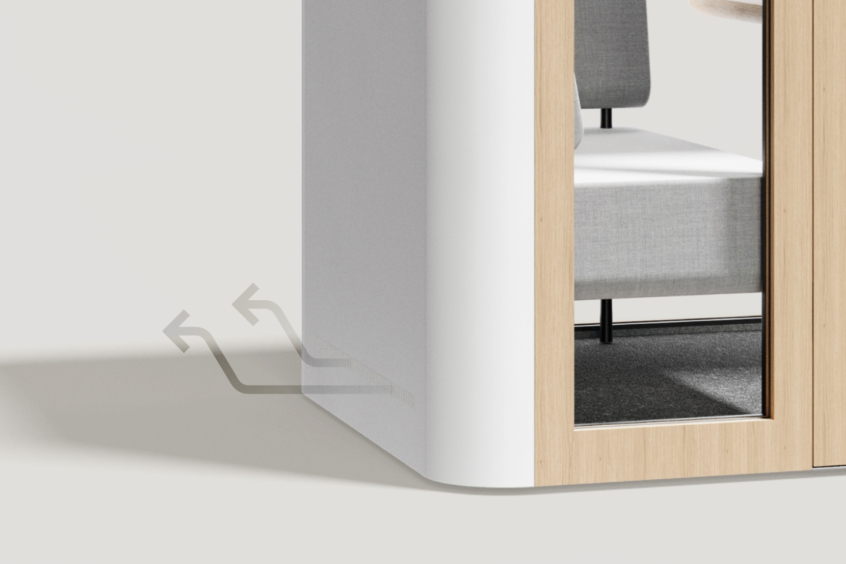
Ventilation
Adequate ventilation is often overlooked. Why? It’s not well-known that ventilation is crucial to a properly functioning acoustic pod. To ensure a pod is comfortable and enjoyable, especially when working inside for a long time, it has to be equipped with first-class ventilation: silent but very effective.
→ Pay attention to the noise caused by running fans, both inside and outside the pod. The outside noise is something clients often forget to check. But remember that fans that are too loud can easily disturb employees whose desks are close to the acoustic pod. The noise caused by fans should not be higher than 37 dB outside and 40db inside.
→ Check the airflow of pod ventilation, which tends to vary with the size of the pod and the number of people inside. In order to provide a comfortable atmosphere inside the pod minimal airflow should reach at least 40m3 per hour, per person.
→ Check the pod’s occupancy sensor and whether the ventilation continues to work for a while after users leave the pod. Continuing ventilation provides fresh air for the next user. That functionality may sound obvious, but it’s not offered with every pod.
Good to know: The same ventilator can vary in performance depending on the place or mechanism where it’s installed. So, producers should measure these differences and inform you about the airflow level of the ventilator installed inside the pod, not only the level on the label of a ventilator.
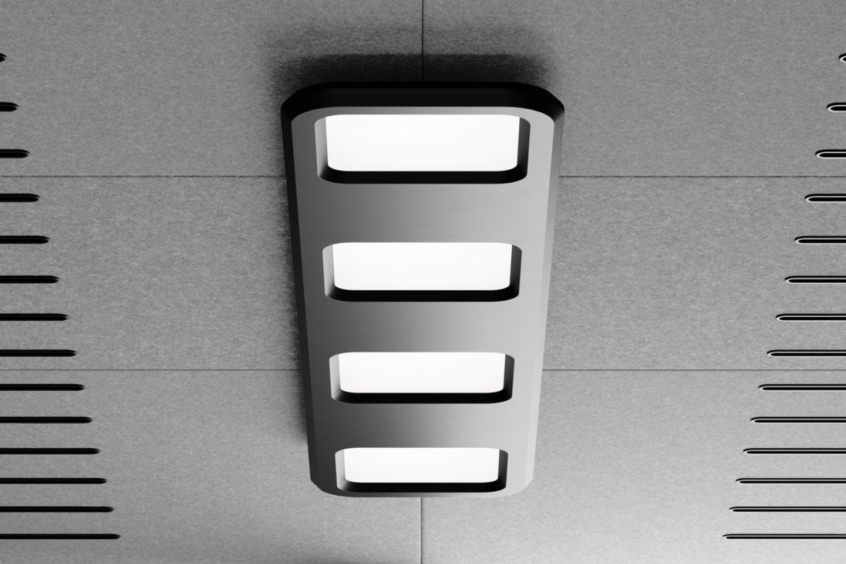
Lighting
Lighting is another significant acoustic pod feature. Adequate brightness inside the pod boosts visual comfort and protects users from eyestrain. This is of course crucial when choosing a pod for individual-focused work.
→ Make sure the light provides at least 300 lux for sitting positions. If you plan to use the pod as a place for extended and focused work, make sure it has an additional side lamp. Also, consider adding a control panel to allow a user to adjust the light’s intensity to his individual needs.
→ Ensure that the light color temperature is 4000 Kelvins which is the recommended level for office work, as it fosters creativity and allows you to focus more easily.
→ Ask if the pod has an occupancy sensor to limit energy consumption and to let you not to bother switching the lights on while entering the pod.
Good to ask: Remember to ask about the Lux level (not only the Kelvin, Watts, or Lumens). Lux is the most adequate scale because it measures the total amount of light that falls on a working surface. To learn more about different scales of light measurement, check our Jargon Buster: Lighting.
Want to learn more? Check out the complete Acoustic Pods Consumer Guide here.
You might also like
Infrastructure Giant VINCI Energies Revamps Office with Mute Modular
Future-Proofing Properties: Adaptability in Commercial Real Estate Market
Neuroarchitecture in the Workplace: How Space Can Affect Performance and Comfort
Sounds Like Change – Inside the New Spectacular CANPACK Workspace
Back to Basics: 3 Golden Rules to Follow While Buying Acoustic Pods
Glass Never Sounded Better – Inside the Marvelous Wutkowski Office
Eudaimonia Machine – What Does an Ideal “Deep Work” Office Look Like?
How Trzop Architekci Brought Silence and Tranquility to the L’Oreal Office
How the Pandemic Helped Us Realize What the Perfect Workspace Looks Like
Well-Being Boosters: 4 Reasons to Improve the Acoustics in Your Office
How Widex Boosted Their Quality Index Up to 98% with Top Acoustic Solutions
How Widex Boosted Their Quality Index Up to 98% with Top Acoustic Solutions
Be the first to know!
Join our newsletter and keep your inbox energized!
Don’t miss out on product launches and all major updates concerning our offers.

